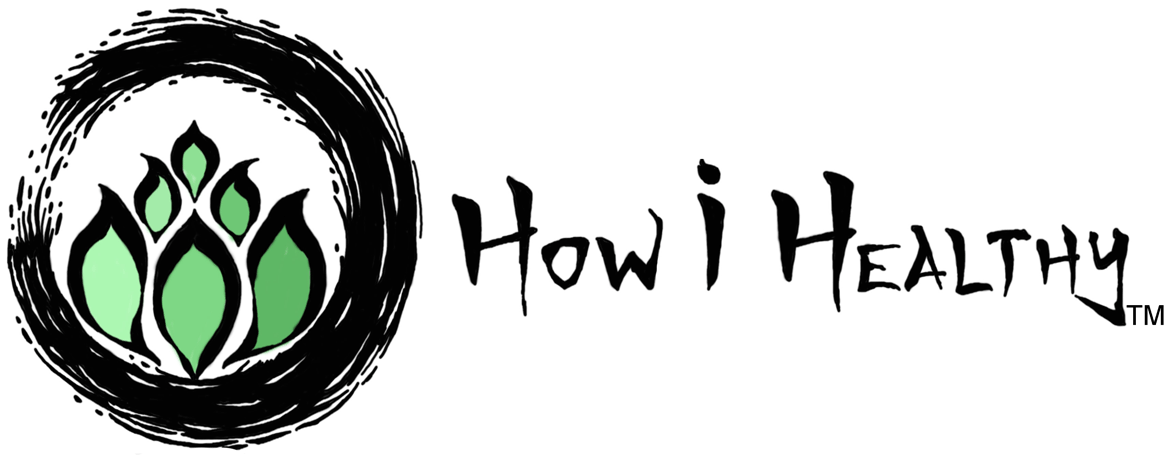In This Article, We'll Cover:
- Skin & Skin Damage 101
- The Problems with Skincare
- My Favorite: Earth Harbor
- Earth Harbor Business Certifications
- Evidence-Based Natural Skincare
- Earth Harbor Products
- My Favorite Products & Why
- 2 Moisturizers Comparison
- Tips for Saving Money
The skincare industry is full of Greenwashing and false promises.
Another key thing to remember? Preventing skin damage is easier than reversing it.
And while we can reduce some signs of skin damage, any UV-damaged DNA is irreversible.
That means: Sunscreen is more helpful than a fancy moisturizer. And treating acne, not just popping zits, is easier than minimizing acne scars.
But I’m jumping ahead. Lets go back to skincare basics.
Skin & Skin Damage 101
Skin Layers and Functions
Understanding our skin’s needs, and how products can meet those needs, is empowering. With knowledge, you can find products that work with your skin.
Our skin consists of three layers:
- Epidermis
- The outermost layer. Or the layer we see when we look in the mirror.
- Contains three types of cells:
- Keratinocytes: Cells made up of keratin. Keratin is a protein.
- Melanocytes: Cells that produce melanin. Melanin handles our skin color.
- Langerhans Cells: The tough final layer before the dermis. Research findings show LC cells might play a role in our immune systems.
- Dermis
- ~90% cross-linked collagen and elastin proteins. This provides support, elasticity, and shape for our skin.
- ~10% hyaluronic acid. This absorbs and retains moisture balance. Hyaluronic acid exists throughout the body, including: heart vessels, the lungs, skeletal tissue, body fluids, and joint lubrication. HA also plays a role in wound repair and inflammation response.
- Subcutaneous Tissue
- Contains connective tissue and fat.
- Loss of subcutaneous fat can cause the dermis and epidermis appearance to change.
(7, 10, 15, 16, 19)
So, our skin consists of:
- Keratin (a protein)
- Collagen (a protein)
- Elastin (a protein)
- Hyaluronic acid (moisture retention substance)
- Connective tissue (a protein)
(7, 10, 15, 16, 19)
The means we want products that support these skin components.
Types of Skin Damage
Understanding types of skin damage, helps us know how to address it.
- UV Induced Skin Damage:
- UV exposure is more than sunburns.
- UV exposure disrupts Melanocytes (pigment cells) that determine our skin’s color. That means UV damage can cause hyperpigmentation (dark spots).
- Poikiloderma & rosacea (red spotting) links to prolonged UV exposure.
- In the dermis, UV damage can cause dry skin, cellular damage, and collagen degradation. That often leads to a change in skin appearance and structure.
- UV damage can cause skin cancer. Typically, in the epidermis first, and then into the dermis if not treated by a medical professional.
- Treatment Options? Prevention! Sunscreen. Sunscreen. Sunscreen! Because here’s the thing: While we can reverse some superficial signs of UV damage, we can’t reverse UV-damaged DNA. Minor cosmetic damage might improve with natural skincare products. Severe damage might need a dermatologist evaluation for treatment options.
(9, 13)
- Acne Damage:
- Acne causes an inflammatory response, which can lead to redness, swelling, and pain.
- Acne typically begins in the dermis and pushes up through the epidermis. This is one reason why popping zits can lead to scars. Those pimples run deep.
- Healed acne can cause a degradation of collagen in the dermis. This leads to potential scaring and dimpling of skin.
- Treatment Options? Active acne and mild acne scarring might improve with natural skincare products. Moderate to severe acne/scaring might need a dermatologist evaluation for treatment options.
(11)
- Climate Damage:
- Both humidity levels and temperature can affect the skin.
- Especially cold & low-humidity climates. The epidermis can feel dry, less elastic, and/or rough. That’s because low humidity conditions impact our skins water retention (Hyaluronic acid!).
- Your skin might feel more sensitive to products in the winter too. That’s because of the decrease in skin barrier function from cold/dry weather.
- In hot and humid climates, you might find your skin oilier, or have a buildup of sweat that can lead to breakouts.
- Temperature and humidity levels in all cases can affect our skin’s microbiome too.
- Treatment Options? Natural skincare products for typical cold-weather dry skin. But severe cold-weather damage or sensitivity might need a dermatologist evaluation. For hot and humid climates, natural oil control and exfoliation might be all you need.
(12, 14, 23)
Talk With Your Dermatologist
We all have different skin and different skin needs.
If you have concerns about your skin, a dermatologist is a great resource.
Dermatologists can determine if retail skincare products or prescriptions are right for you.
Problems with Skincare
Greenwashing 101
Buckle up. Because greenwashing-busting is what gets me up in the morning!
So much so, I wrote a whole Greenwashing Guide, and even a Sex Toy Green Washing Guide.
Let’s cover some basics here though.
“Greenwashing” means advertising a product as more environmentally conscious then it actually is. (33, 34)
Why would a company do that?
Because “eco-friendly” stuff sells.
66% of consumers are willing to pay more for sustainable & ethical products.
And corporations exploit that.
(34)
Greenwashing is harmful in several ways:
- Devalues environmentally & socially responsible companies & products that actually are socially/environmentally engaged.
- Enables misinformation and confusion.
- Raises consumer skepticism about sustainable solutions and effectiveness.
(34)
Greenwashing products or services, and business organization/operations/standards/practices is common. (34)
Lawsuits and litigation against businesses for greenwashing claims are on the rise. (35)
And the skincare industry is no different.
Big names like Sephora and Target have faced lawsuits for skincare green washing. (36, 37)
Ageisim
The skincare industry perpetuates one of the most widely accepted forms of discrimination: Ageism.
Ageism is prejudice against someone based on their age. It leads to discrimination and stereotypes. (46)
Example?
- “Anti-aging” treatments
- Anti-wrinkle creams
- “Youth” serums
Ageist language is everywhere. Especially in skincare.
And ageist language is harmful.
Beliefs about age/ageing impact our life expectancy & quality, mental/physical health, and interpersonal relationships.
(48, 50)
People with a more positive outlook on age/ageing are more likely to live longer. Societies with less ageism have longer-living populations. (47, 48)
Positive beliefs about age/ageing can protect against dementia. Even among those with the high-risk Alzheimer’s gene, APOE. (49)
But, people and societies with a negative, or ageist, view of age and ageing? Shorter lifespans, and higher rates of depression, cardiovascular disease, chronic respiratory disease, musculoskeletal disorders, injuries, and diabetes mellitus. (50)
What we believe, how we talk, and what we perpetuate matters.
That’s why How i Healthy never uses ageist language. Especially when we talk about skincare or our favorite products.
My favorite products aren’t “anti-aging” or “anti-wrinkle”.
Instead, my favorite products “hydrate”, “reduce redness from sun-damage”, and contain the “protein building blocks for skin cells”.
I don’t use ageist language, both here on How i Healthy and in my life. Because my life, both length and quality, depends on it.
Side Note: An excellent book about ageism? Breaking the Age Code, written by Dr. Levy PhD. It changed my world. Seriously.
Plastic Everywhere
Skincare products are notoriously packaged in plastic. Containers, bottles, caps, and lids. Plus, the plastic packaging too!
Often that plastic consists of small parts and film plastic that is difficult to recycle, if at all.
In 2022 alone, skincare giants produced over 100,000 metric tons of plastic waste. (39)
Ingredients
The European Chemicals Agency lists over 2,500 substances banned in cosmetic products. (38)
But the US Food and Drug administration (FDA)? Only lists 11. (52)
That’s a huge discrepancy in what is considered safe.
Many American skincare products would be illegal in the European Union because they are unsafe and contain banned ingredients.
(38, 52)
Even the FDA states: “Under U.S. law, FDA does not have the authority to require cosmetic manufacturers to submit their safety data to FDA”. (52)
Companies don’t have to prove to the FDA that their product/ingredient is safe before sale. Instead, the FDA has to prove that a product/ingredient is harmful after it is already on the market. After it’s already harmed people.
So, the FDA is constantly chasing harmful products/ingredients to ban instead of establishing safety standards from the start.
It’s reactive rather than proactive.
Since the FDA only bans 11 ingredients, it’s no surprise that skincare can contain things banned in other countries.
Things like:
- BHA
- Fragrances
- Parabens
- PEGs
- Petroleum
- PFAs
- Phthalates
- Polyethylene glycol
- Per- and polyfluoroalkyl substances (PFAS)
- VOCs like toluene
(36, 37, 40, 41, 42, 43, 44, 45, 46, 52)
Check out the Chemicals Guide to learn why it matters.
Earth Harbor
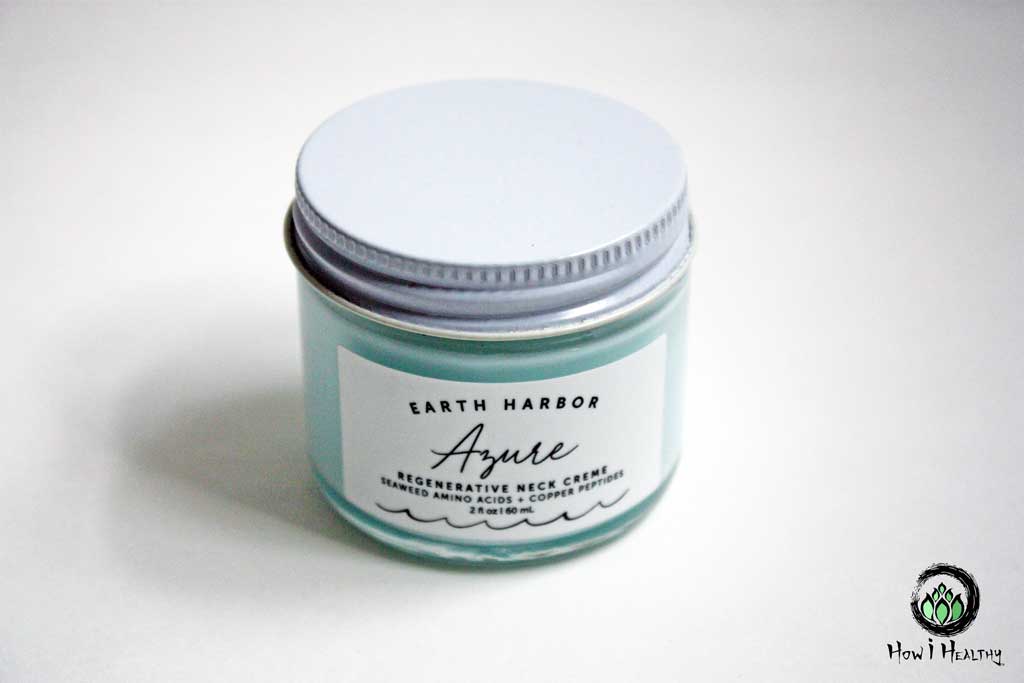
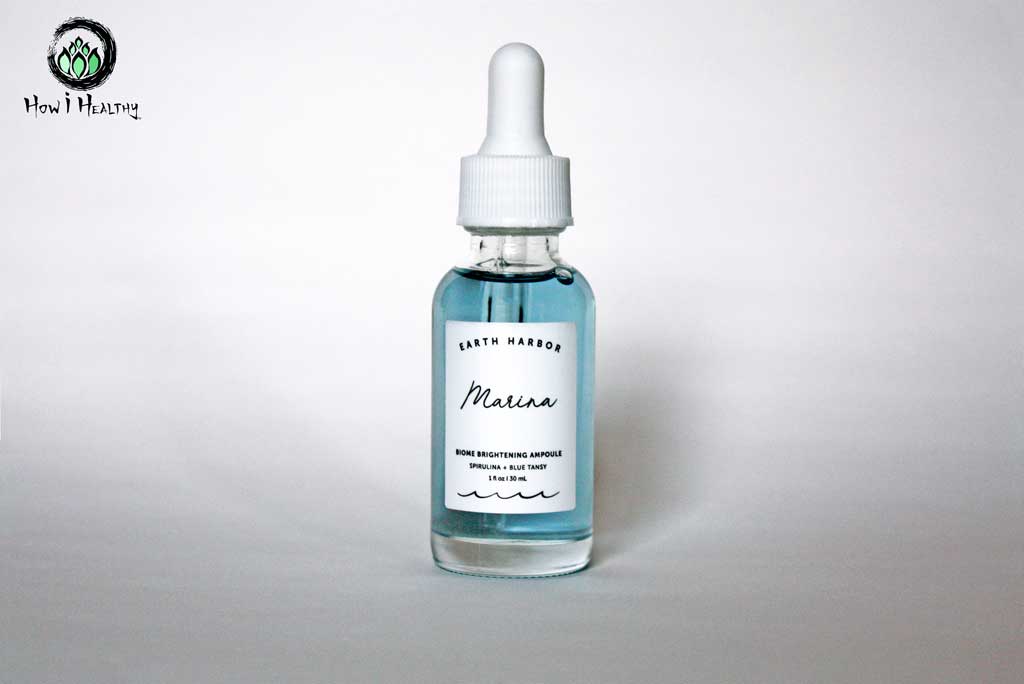

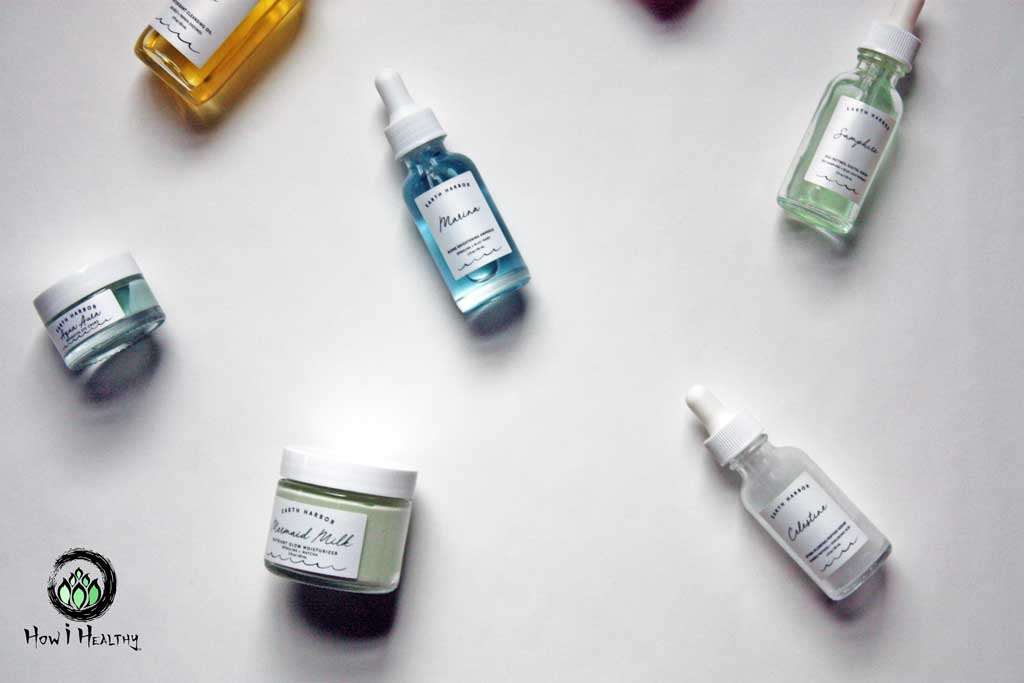

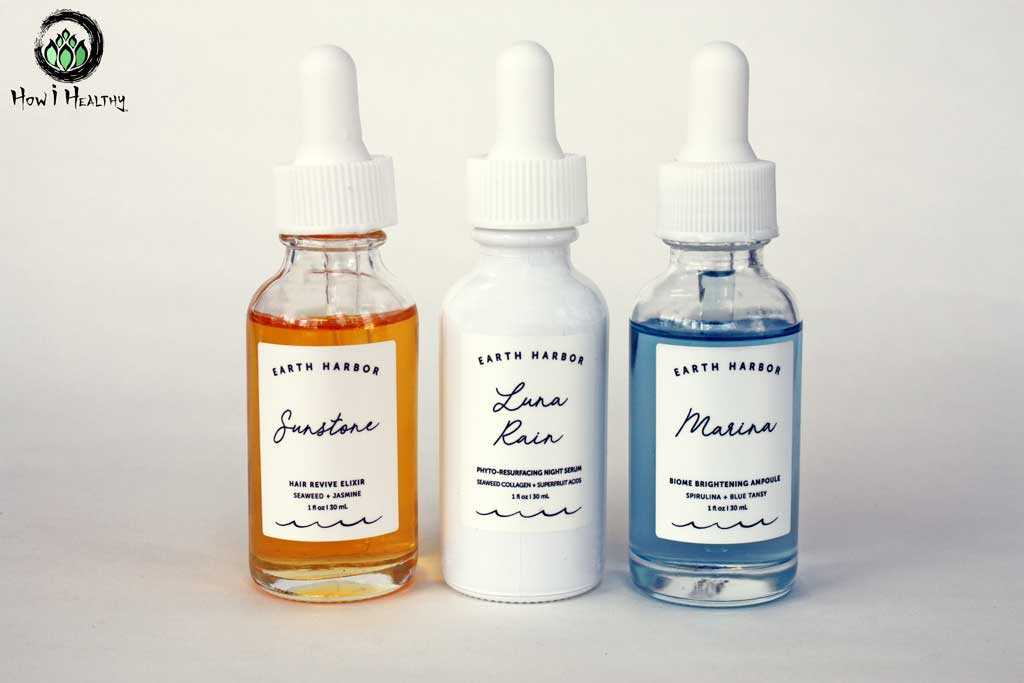

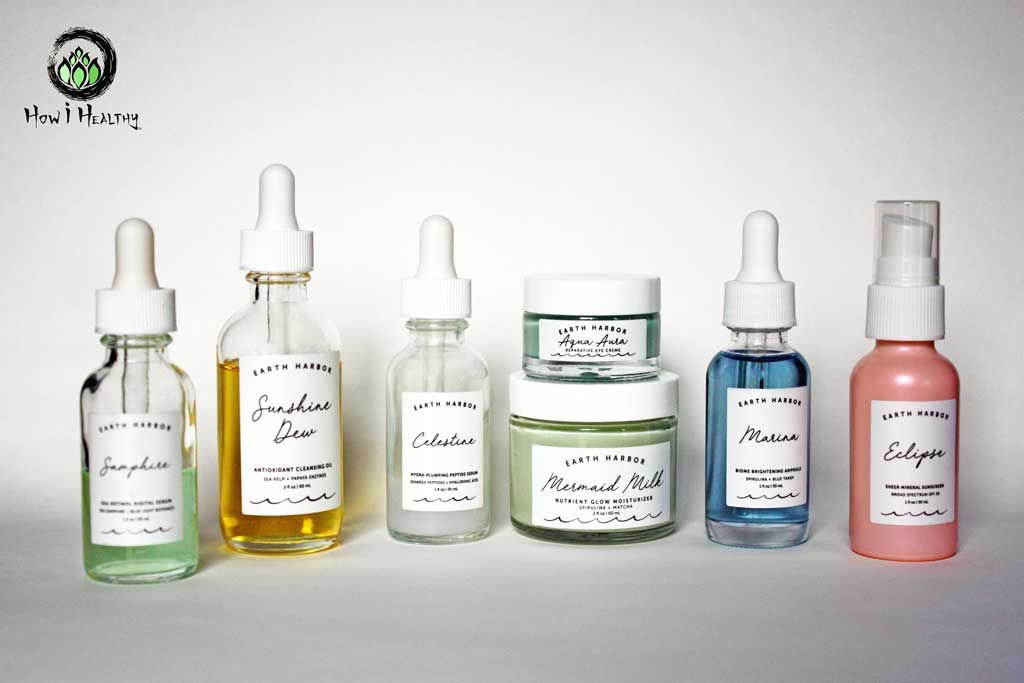

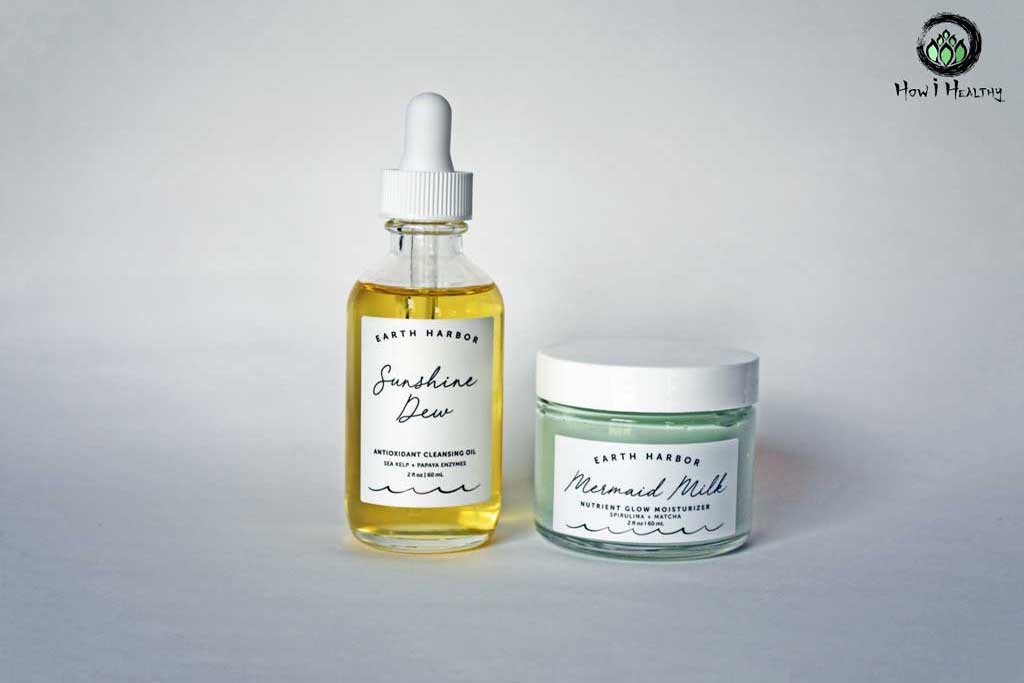

So with greenwashing, plastic, and questionable ingredients what are we to do?
We want:
- Evidence-based natural skincare.
- No or minimal plastic.
- A company with third-party verified environmental commitments.
Enter: Earth Harbor.
Evidence-based, natural skincare that’s better for people & planet.
With minimal plastic too. Seriously. There are plastic-free options & refills!
What standard did Earth Harbor have to measure up to?


The How i Healthy Standard
Our favorite products/brands meet as many of these conditions as possible.
Healthy body, healthy planet, & healthy sex means:
- Align with My Best Sustainability & Ethical Tips
- As Local as Possible
- Cruelty-Free
- Doesn’t Contain these Harmful Chemicals
- Environmental and/or Socially Responsible Company
- Ethically Made: Fair Trade, Living Wages, Safe Worker Conditions
- Gender-inclusive
- No Greenwashing Scams
- Organic & Sustainably Harvested Ingredients
- Pass How i Healthy’s Counterfeit Vetting Process
- Purchased Through/From an Ethical Shop/Marketplace.
- Zero Waste / Plastic & Bioplastic-free / Home Compostable
- 1% for the Planet®, B Corporation®, Green American Business®, or similar credentials
And Earth Harbor does a pretty good job. Check them out!
Certifications & Business Practices
Certifications
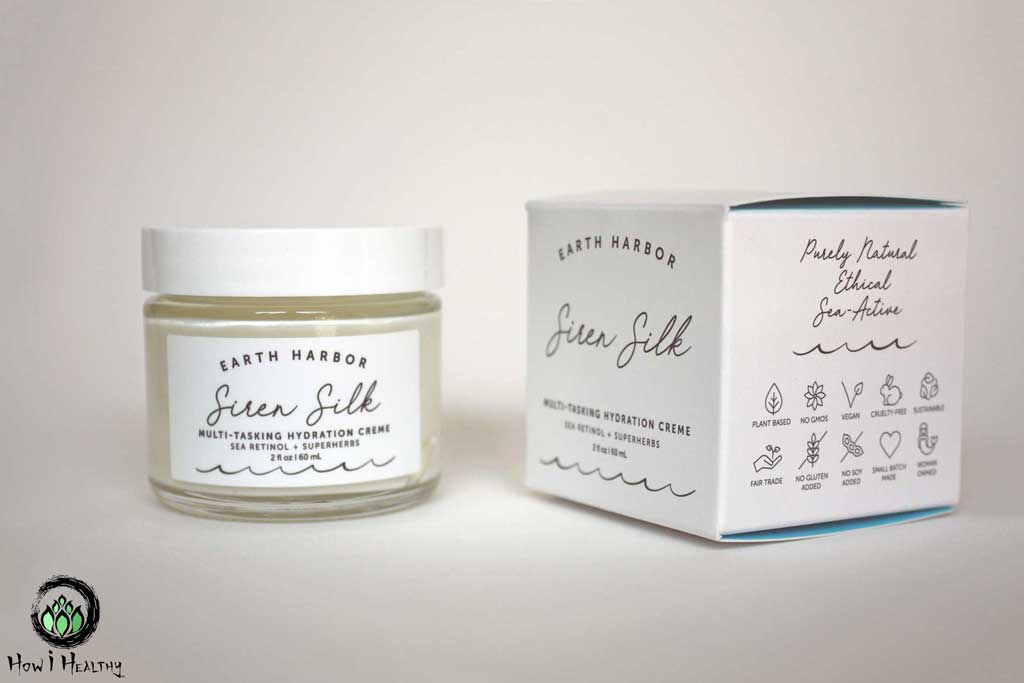

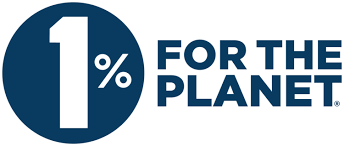

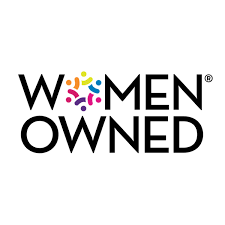



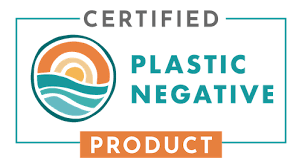

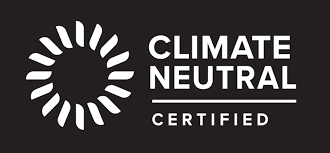

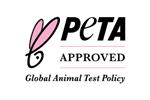

- 1% For The Planet®
- Campaign For Safe Cosmetics™
- Carbon Neutral®
- Ethical Source (EcoCert® or Fair Trade for individual ingredients)
- Forest Stewardship Council®
- Independent Beauty Association®
- Leaping Bunny®
- Local Sourcing (Utah’s Own®; Georgia Grown®)
- Plastic Negative
- Think Dirty®
- Truth In Labeling™
- USDA Organic or Non-GMO (for individual ingredients)
- Woman-Owned (Female Founder Collective®)
Business Practices
Some more awesome stuff?
- Founder and CEO is an herbalist, health scientist, & Neurodivergent (Autism Spectrum Disorder). They started at their local farmer’s market!
- 95% of products are made in-house with locally sourced ingredients.
- Every product is third-party tested and water/filler-free. Only active ingredients.
- Products backed with peer-reviewed research.
- Employs ~40 people in their local community.
- Has a Diversity, Inclusion, and Equality Council.
- Adopts a sea turtle every season.
- Hosts local beach cleanups in their community.
- Compostable shipping packaging. Yep, even the tape.
- Plastic-free product options & refills.
- 100% non-GMO, organic, and/or wild-crafted ingredients.
(1)
No wonder Earth Harbor is one of My Favorite Products!
Evidence-Based Natural Skincare
Botanical Amino Acids, Peptides, Proteins, & Collagen
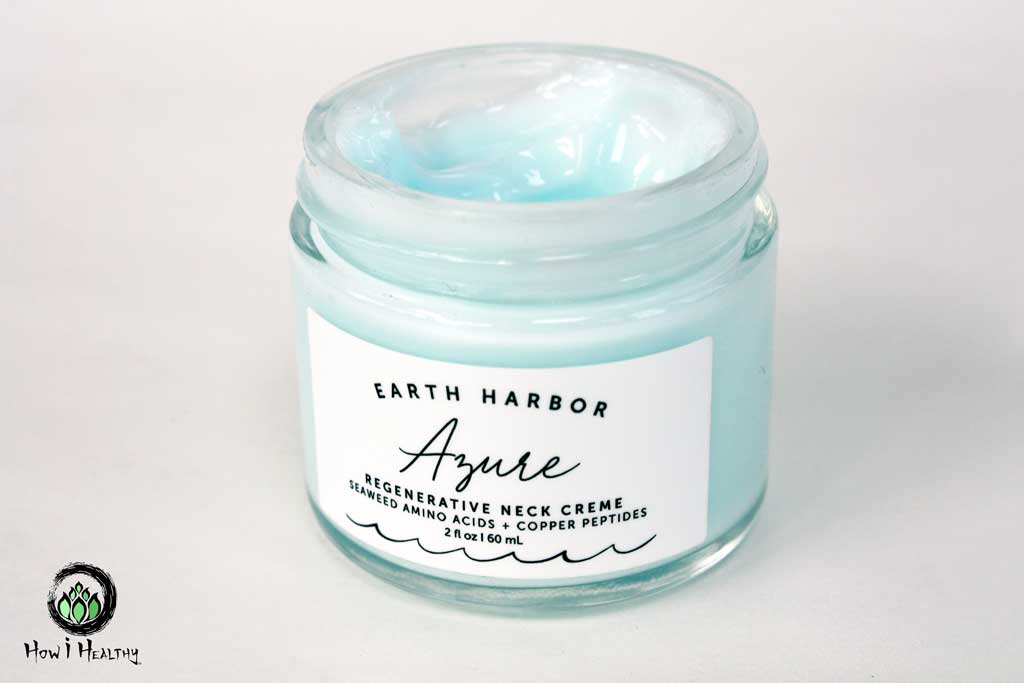


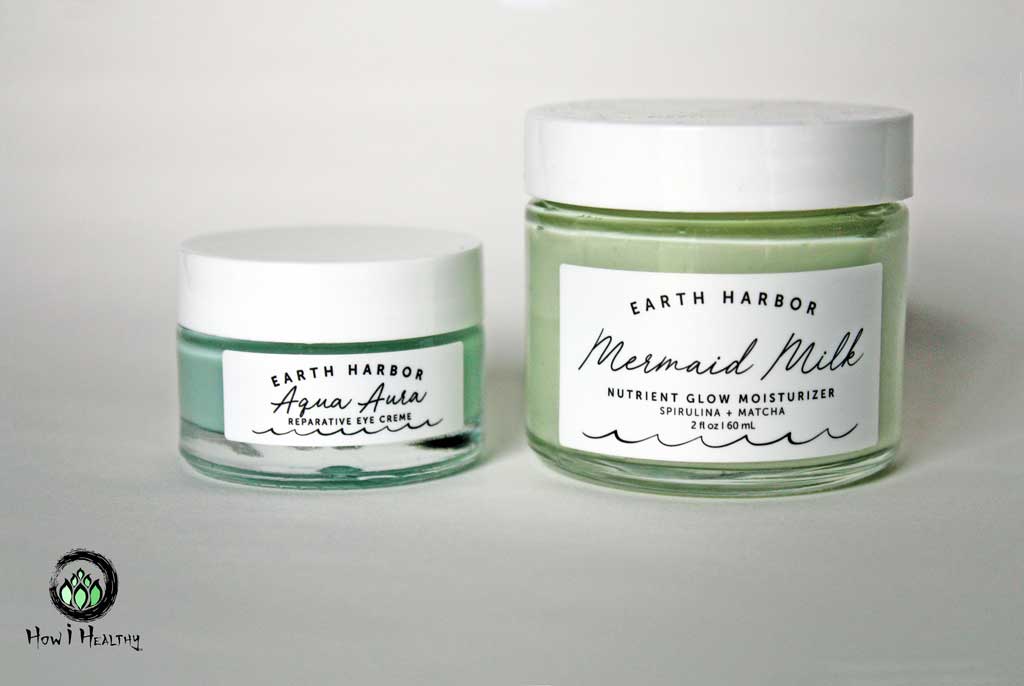



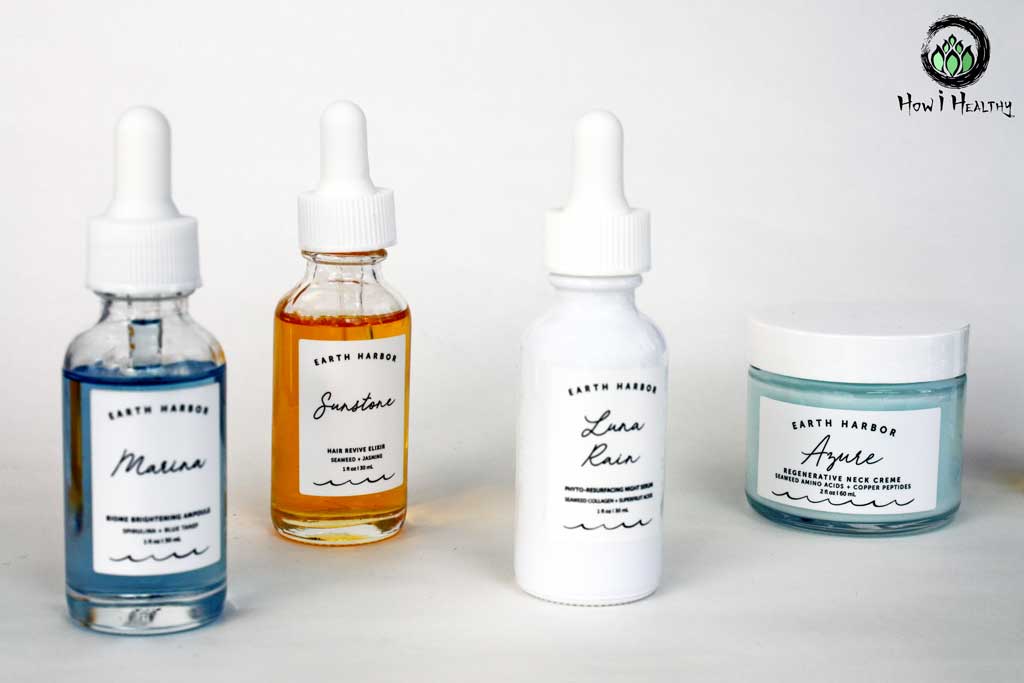

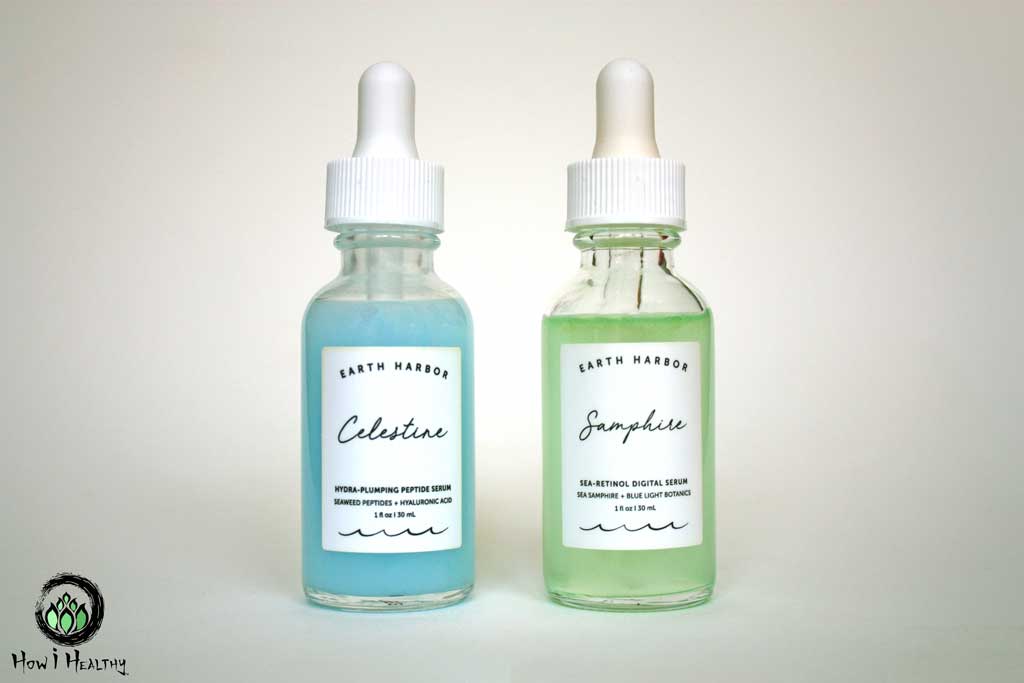


Our skin is predominantly different types of proteins. Supporting those proteins supports our skin’s foundation.
Best way to support proteins? Amino acids and peptides!
Amino acids are molecules that, when linked properly, form peptides. Peptides are the building blocks of protein.
Amino acids like alanine, proline, arginine, serine, histidine, and tyrosine. All these prevent water loss in the skin, thus boosting hydration. (9)
Peptides can build collagen and elastin in the skin. This helps strengthen skin, improve elasticity, and promote hydration. (7)
Earth Harbor incorporates various amino acid-rich seaweeds and seaweed peptides.
Seaweeds can regulate proteins involved in gene expression, cell survival, cell metabolism, inflammatory processes, absorb UV, reduce UVA-induced collagen degradation, and promote dermal extracellular matrix synthesis. (5, 8, 9, 23, 24)
That means seaweeds can help preserve our skin.
Seaweed peptides also contain antioxidants, macro/microelements, and anti-inflammatory properties. (7, 24)
Earth Harbor Products Containing Peptides, Proteins, &/or Collagen:
Botanical Antioxidants
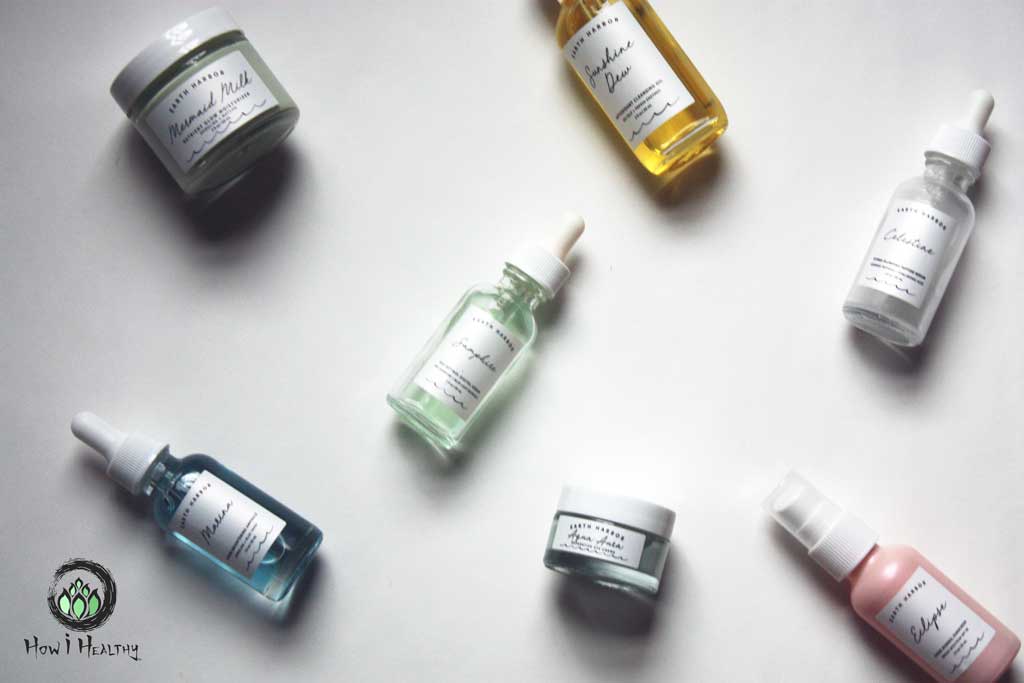

Simply put, antioxidants help prevent UV damage by preventing UV-induced oxidative stress.
Oxidative stress can damage cell proteins, lipids, and DNA. This damage can lead to inflammation, skin cancer, and breakage of collagen/elastin. (23)
Seaweed, and specifically astaxanthin, has strong antioxidant activity. (9)
Topically applied astaxanthin protects against UVA/B radiation/damage in the dermis and epidermis. That means less sun damage like dark spots and redness. (9, 23)
Earth Harbor Products Containing Botanical Antioxidants
- The entire Earth Harbor Collection!
- But special shout out to astaxanthin-rich Helios Anti-Pollution Ampoule!
Botanical Omegas
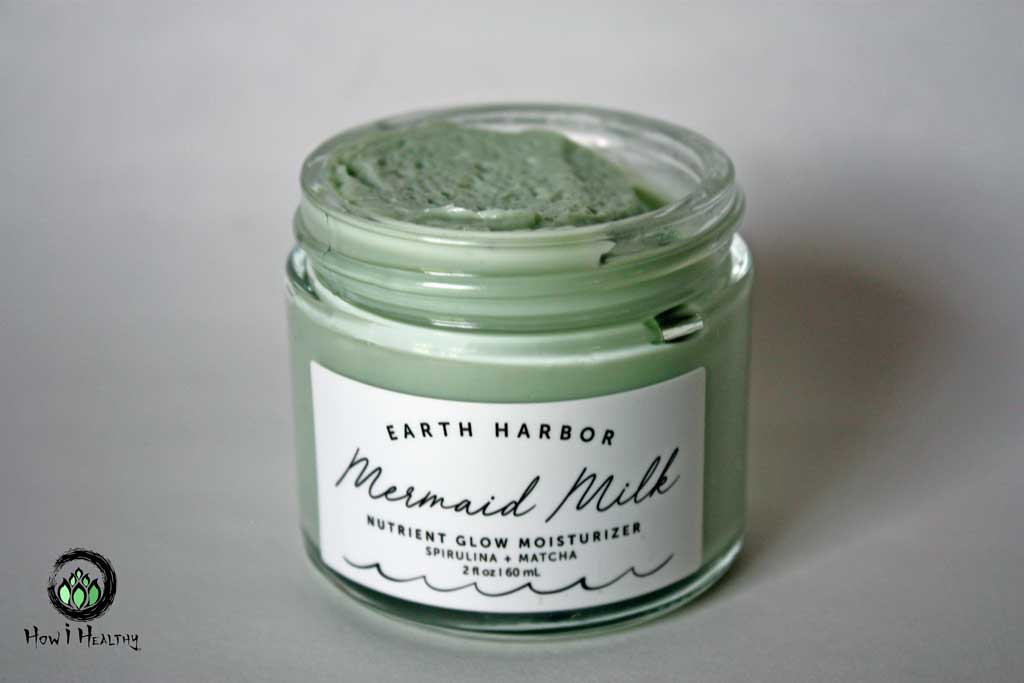


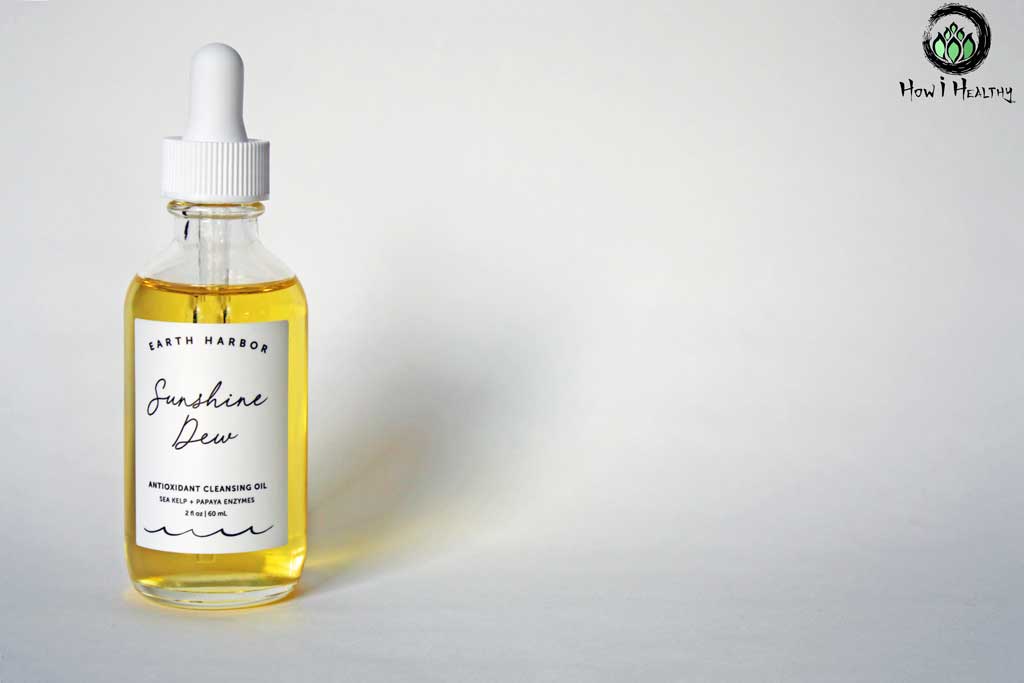

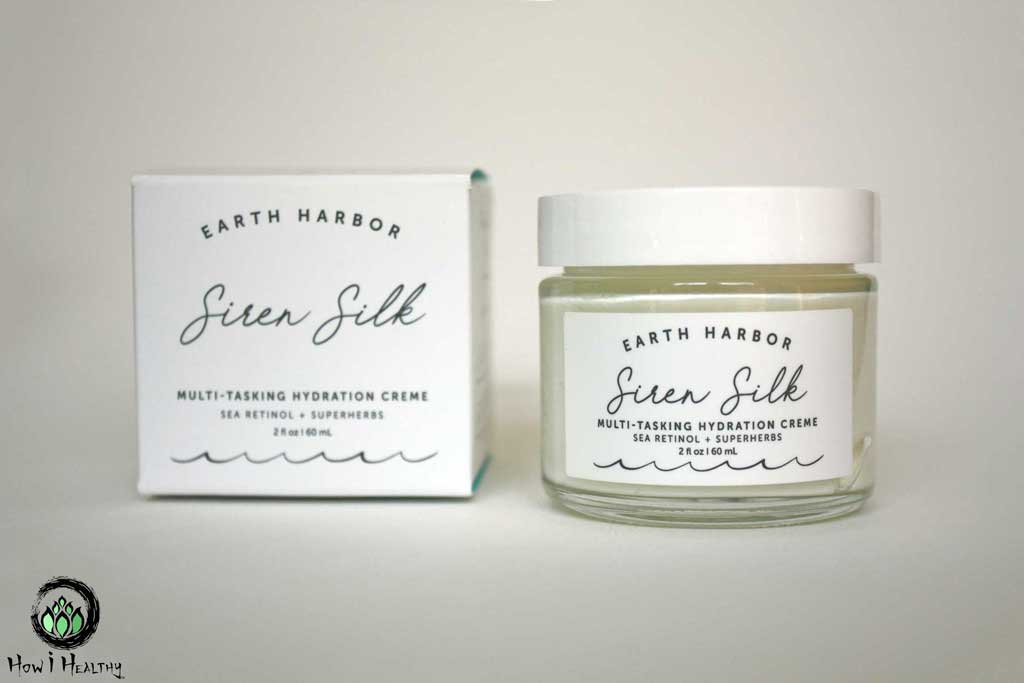

Omega fatty acids conjure images of fish oil pills and cardiac health. But omegas do even more.
What do topical Omegas do for skin?
Improve skin hydration and barrier function. That means Omegas help with replenishing moisture and help prevent losing that moisture. (27, 28)
Omegas also have anti-inflammatory properties. That means improved wound healing and protection against UV radiation. (25, 26)
The most common Omegas relating to our skin:
- Omega-3 Fatty Acids: Specifically, Alpha-linolenic Acid (ALA), Eicosapentaenoic Acid (EPA), and Docosahexaenoic Acid (DHA). These cannot be produced in the body.
- Omega 6 Fatty Acids: Linoleic Acid, found in vegetables is the most talked about. It cannot be produced in the body.
- Omega 9 Fatty Acids: Oleic acid is the most well-known. The body produces Omega 9.
So, the body makes some Omegas but not others. That’s where Omega-rich skincare products come in.
Earth Harbor Products Containing Botanical Omegas
Botanical Vitamins A, B3 (Niacinamide), C, D, and E


Topically applied vitamins, specifically Vitamins A, C, E, K, and vitamin B complexes, are clinically validated to help prevent and reduce sun damage. (23)
Topically applied vitamins have shown antioxidant and anti-inflammatory benefits. Vitamin C, specifically l-ascorbic acid (the active form of Vitamin C), enhances tissue cell growth, repairs blood vessels, and reduces hyperpigmentation. (23)
Earth Harbor incorporates vitamins into their entire line from many different sources. Oils, plant extracts, fruit, and of course: seaweed. Seaweed is rich in vitamins A, B complex, C, and E.
Earth Harbor Products Containing Vitamins B3, C, D, and E:
- The entire Earth Harbor Collection!
- But special shout out to Calypso Vitamin C Elixir, Celestine Peptide Serum & Nymph Superfruit Nectar
Botanical Probiotics
Probiotics for skin! Yep, it’s a thing!
Like our gut microbiome, our skin’s microbiome is a complex ecosystem.
Our skin’s microflora promotes homeostasis by influencing inflammation and immune cells. Humidity, temperature, pH, diet, and exercise all affect our skin’s microbiome. (32)
An imbalance to our skin’s microbiome can encourage pathogenic species of bacteria (like S aureus or P aeruginosa). This can cause a bacterial imbalance leading to skin conditions. (32)
Topical probiotics might improve acne, rosacea, psoriasis, skin moisture & texture. (29)
Earth Harbor Products Containing Probiotics:
Retinol-like Botanicals (Vitamin A)
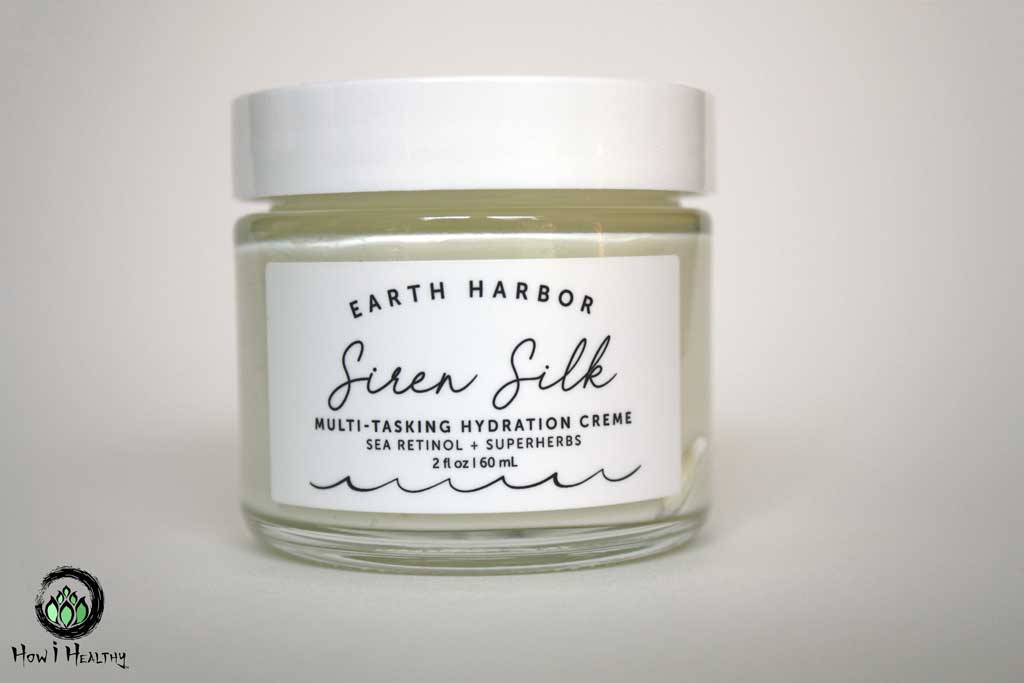

Retinol, or Vitamin A, is a type of retinoid. And retinols and retinoids are some of the most science-backed skin treatments we got. (10)
Vitamin A cannot be synthesized in the body, so we need to give it Vitamin A. (10)
Retinols/retinoids can prevent collagen degradation, improve skin thickness & texture, reduce hyperpigmentation & sallowness. (10)
Enter: Sea Samphire, or sea fennel.
Sea Samphire acts like a retinol/retinoid. But it is not a retinol/retinoid.
Research shows Sea Samphire has similar results as synthetic retinols. (6)
And, unlike many retinols, Sea Samphire does not cause irritation or photosensitizing.
As someone prone to skin cancer, I can’t put anything on my face that increases my risk. So, non-photosensitizing is awesome.
And Sea Samphire is not endangered! It can be sustainably harvested too. Unlike Bakuchi, an endangered plant with similar retinol-like functionality, that is popular in plant-based products and is now overharvested. (3, 4)
Earth Harbor Products Containing Retinol-like Botanicals:
Vegan Hyaluronic Acid
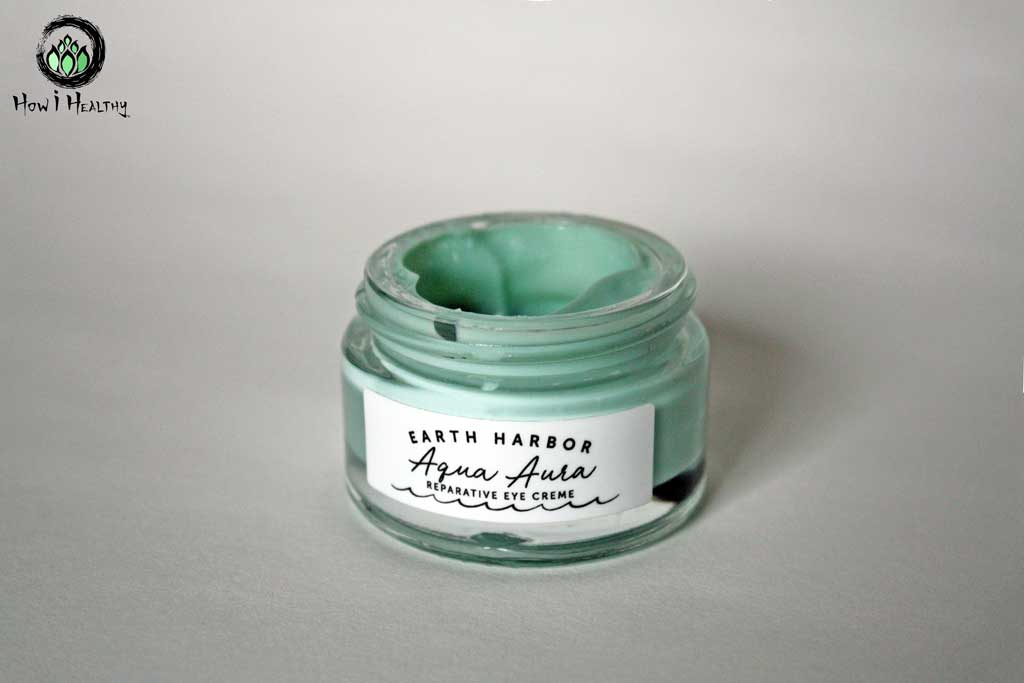














Hyaluronic Acid (HA) is a polysaccharide found throughout our connective tissue. It’s involved in many biological processes like: skin repair, wound healing, tissue regeneration, and anti-inflammatory responses. It has an incredible ability to bond water to tissue. (17, 18)
Extensively documented in medical literature, hyaluronic acid (gels, fillers, injections, lotions, serums, and cream alike) has facial rejuvenation capabilities. HA can improve skin hydration, collagen & elastin stimulation, volume restoration, and skin augmentation. (17)
Earth Harbor Products Containing Hyaluronic Acid:
One Word: Seaweed
Notice a trend? Earth Harbor uses a lot of seaweed.
That’s because seaweed is a powerhouse of awesome.
Seaweeds contain bioactive molecules, carotenoids, fatty acids, polysaccharides, phlorotannin, Vitamins A (retinol), C, E, K, B Vitamins complex, sterols, tocopherol, phycobilin, and phycocyanin. That means anti-inflammatory, anti-acne, moisturizing, and antioxidant properties. (23)
Seaweeds also have bioactive forms of protein peptides and amino acids. The building blocks of skin. (23)
Seaweed and skin were meant to be.
Seaweed is also a sustainable resource. And in some cases, an invasive species that can be removed and used in skincare products. All while rebalancing an ecosystem! And “beach-cast” or the dried-up seaweed found on beaches can repurposed too. ( 23)
And Never Any
Earth Harbor Never Uses:
Synthetic ingredients, fillers, non-active ingredients, artificial dyes, fragrances, parabens, phthalates, synthetic preservatives, GMOs, gluten, soy, chemical additives, sulfates, phenoxyethanol, dimethicone (silicone), emulsifying wax, nanoparticles, mineral oils, petroleum, and over 2,500 chemicals banned in the EU. (2)
Best Products for You
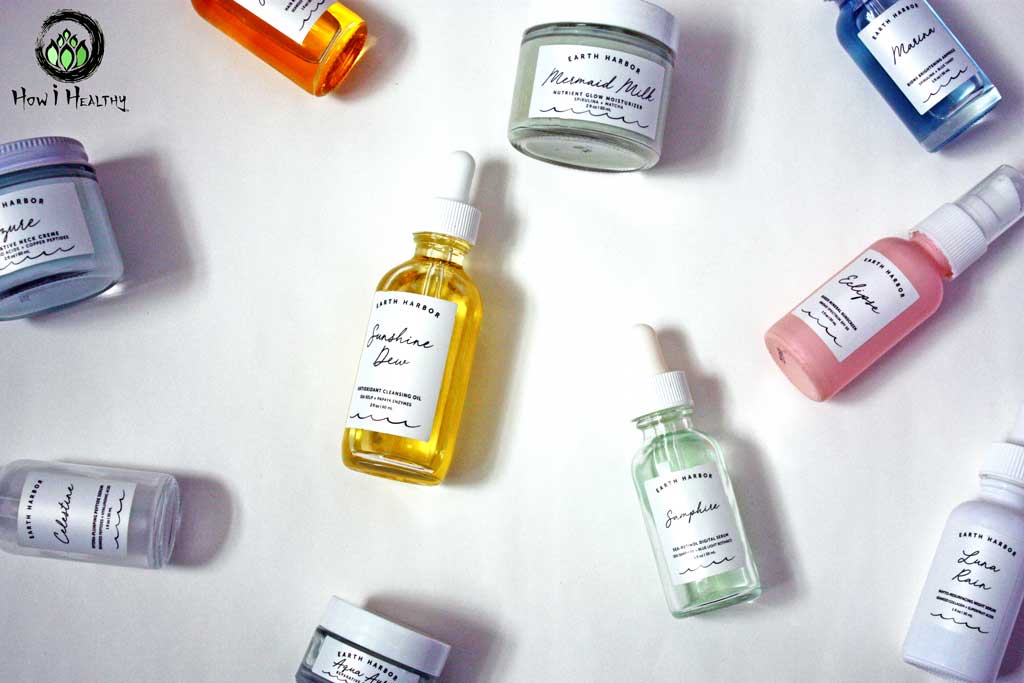

Overwhelmed? Ya, it’s a lot.
Instead of product overload, focus on product types.
Pick one product from one category (or how many you prefer):
- Cleanser
- Ampoule
- Treatment
- Mask
My first products were:
- One treatment: Sunscreen (SPF 30 Sheer Face Sunscreen).
- One cleanser that removed sunscreen. (Sunshine Dew Cleaning Oil)
From there I branched out over several YEARS.
You see my photos? I didn’t buy all that at once. My budget can’t do that. I added about 2-3 products a year, and each product lasts about 2 years for me.
Let’s regroup Earth Harbor products into categories by product type.
From there pick a product from one or two categories.
Note:
* = on my wish list!
♥ = I use this and love it!
Cleansing


- Ahoy Love Cream Cleanser: Gentle way to wash your face, best for the morning. Not best for removing makeup or sunscreen. Can use daily.
- *Citrine Sea Exfoliation Potion: Oil-based salt scrub. Removes dead skin without drying you out. Use 1-2 times a week.
- Coconut Charcoal Bar Soap: Traditional bar soap, great for acne prone skin. A good daily soap.
- Oasis Deep Pore Gel Cleanser: Best for acne prone skin, enlarged pores, and oil control. Sea salt helps remove buildup & balances ph. Gentle enough for daily use.
- Rose Bar Soap: Sea clay is a gentle exfoliate while rose is an astringent. A good daily soap.
- ♥Sunshine Dew Cleaning Oil: Best cleanser for removing sunscreen and makeup at the end of the day. Washes away with water, leaving no oily residue. Bonus? I use this on my armpits to remove deodorant, sweat, and odor causing bacteria.
Ampoules
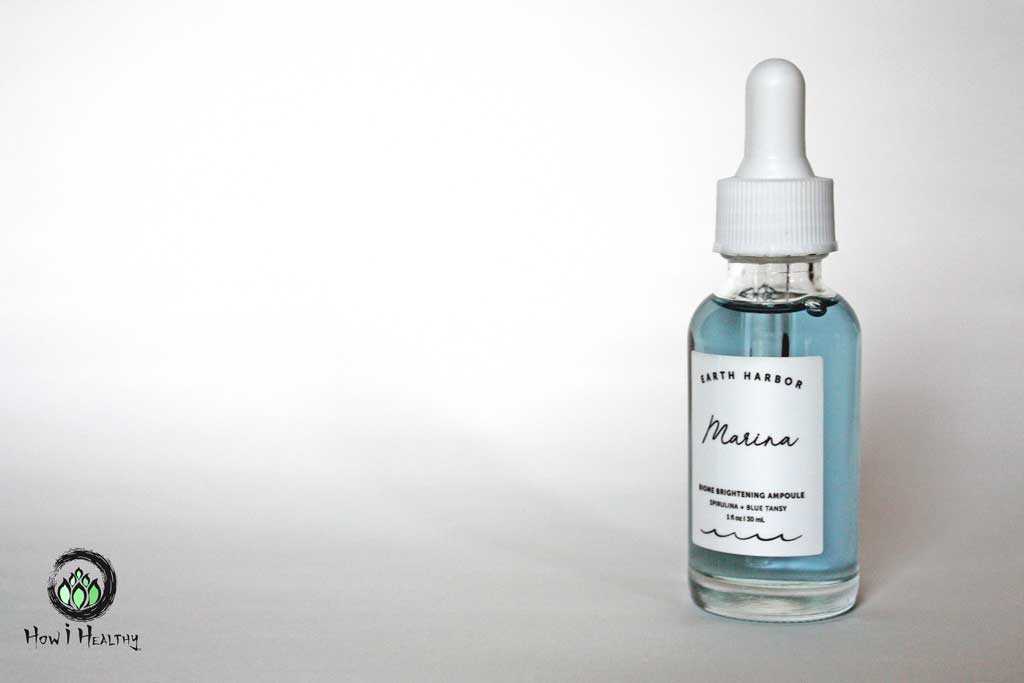

- *Helios Anti-Pollution Ampoule: For sunburned/exposed skin, thanks to astaxanthin algae, plant stem cells, and pomegranate oil. Good daily for dry/sunburned skin. May be too oily for some skin types.
- ♥Marina Biome Brightening Ampoule: Reducing redness powerhouse, gentle enough for daily use. Squalane locks in moisture while green tea oil antioxidants reduce hyperpigmentation.
- Nebula Clarity Ampoule: For acne control. Packed with inflammation reducing & oil-balancing extracts, squalane, and sea lavender. Use as a targeted treatment, or all over face as needed.
- Obscura Detox Ampoule: For acne control and detox. The activated charcoal ampoule has seaweeds, sustainably source bakuchiol (plant-based retinol), squalane, and more. Use as a targeted acne treatment, or all over as needed.
Treatment


- ♥Aqua Aura Reparative Eye Cream: gentle on eyes, tough on dark circles. Gives “I slept really well last night” eyes. Seaweed collagen & hyaluronic acid keeps eyes looking bright while blue tansy reduces discoloration. Best for nightly use.
- *Calypso Vitamin C Elixir: Want glowing skin? This vitamin-C, CoQ10 antioxidants, and Omega-7 powerhouse is it. Gentle enough for daily use.
- ♥Celestine Peptide Serum: The best hydrator to date. 3 molecular weights of hyaluronic acid for each layer of skin, seaweed peptides to build collagen & elastin, Niacinamide (Vitamin B3), and honestly so much more. I use this nightly.
- Cloudburst Gel Hydrator: Probiotics, seaweed extracts, & hyaluronic acid. This hydrator is light, leaves no shine, and is great for oil control. It’s a more cost-effective option if Celestine is out of your budget. A light morning moisturizer that can layer under makeup.
- ♥Luna Rain Resurfacing Night Serum: Intensive night serum. 15% AHA & BHA blend, macro-algae collagen, and vitamin rich. Use nightly.
- ♥Mermaid Milk Glow Moisturizer: Lightweight whipped matte finish moisturizer. Spirulina, matcha, and seaweed are packed with antioxidants. Peptides, omegas, and hyaluronic acid build skin and help retain moisture. Blue tansy and Tulsi help reduce redness. Good for morning or night.
- Mystic Water Mineralizing Mist: Microbiome balancing pre & postbiotics, sea foam minerals, calming pH-balanced chamomile water, and Vitamin C. This combo calms irritated skin for a glowing completion.
- *Nymph Nectar Superfruit Radiance Balm: ALL the vitamins! And omegas! And amino acids! That means moisture, nutrients, and a glowing completion. Good for morning or night.
- ♥Samphire Sea-Retinol Serum: Sea samphire not only works like a 1% retinol solution without any of the side effects, it’s also high in Vitamin C! Two things skin loves. I use this nightly.
- ♥Siren Silk Hydration Cream: Sea retinol, antioxidants, omegas, Vitamin E and B5, and really so much more. Powerhouse moisturizer and my personal favorite that I use nightly.
- ♥SPF 30 Sheer Face Sunscreen: Mineral-based sunscreen that works. Feather light formula. I wear this daily, no breakouts or sunburns. This was my first Earth Harbor product and it’s the most important one.
- Tidal Rose Toner: Reduce redness with this rosewater and seaweed extract toner that’s bursting with anti-inflammatory properties. Apply any time after cleansing and before moisturizing.
Hair & Body
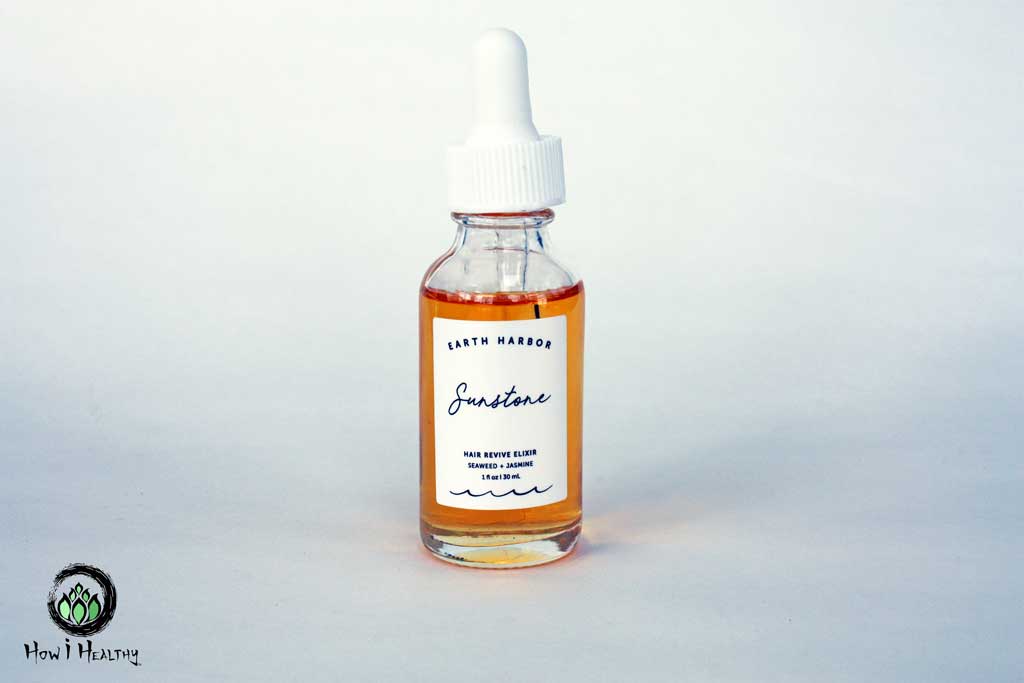

- ♥Azure Neck Cream: A targeted hyperpigmentation gel treatment for the chest and neck. Essential for my poikiloderma (red spotting). Good for morning or night.
- Beach Waves Hair Texturizer: Mango-scented salt spray with identical salinity to the Atlantic Ocean. Get beach wave hair without the beach! Use on wet or dry hair.
- *Laguna Body Serum: Nutrient & vitamin rich body oil that is lightweight yet powerfully moisturizing. Good for morning, nigh, or after showering.
- ♥Sunstone Hair Elixir: The only hair product (aside from Shampoo/Conditioner) that I use. From scalp to ends, the seaweed and jasmine oil elixir delivers Vitamins A, B, C, E. Improves flakey scalp, dry hair, breakage, split ends, and frizz. Can be use as pre-shower treatment or leave-in treatment. A little goes a long way!
Masks
- Blue Crush Mask: This clay-based, water-free mask draws out breakout-causing impurities while Blue-Green Algae & Indigo Root reduce redness. Just add water! Use 1-3 times a week after cleansing.
- Cocoa Cove Detox Vitamin C Mask: Gental exfoliating mask packed with antioxidants, omegas, Vitamin C, algae, and activated charcoal. Nutrients, hydration, and detox all in one. Just add water! Use 1-3 times a week after cleansing.
- *Glow Juice Enzyme Mask: For acne prone skin and oil control. This jelly AHA/BHA mask/spot treatment is a gentle exfoliator/skin resurfacer. Use 1-3 times a week after cleansing.
How to Save Money
Okay. Pretty bottles and natural skincare is great, sure. But it’s expensive!
Yes, yes, it is.
But you can tailor the shopping experience to better suite your needs.
Focus On Prevention
The best skincare is preventative skincare. It’s easier to prevent sun damage than reverse it.
That means sunscreen.
If you buy only one thing from Earth Harbor, let it be Eclipse Sunscreen. It was my first product and will probably do more for your face than anything else.
If only I had used daily sunscreen in my 20s!
Maybe I wouldn’t have poikiloderma (red spotting due to burst blood vessels caused by sun damage). Or maybe I wouldn’t have had skin cancer when I was 30…yep that left a big scar across my cheek that I’ll forever rock.
Without sunscreen in your daily skincare, any other product you buy will probably be a waste.
Still not convinced? Read the Sunscreen Guide.
Earth Harbor & EarthHero® Rewards Programs & Sales
Both Earth Harbor and EarthHero® (My favorite Ethical One-Stop Shop) have a rewards program.
You can earn points that convert into savings for future purchases. I’ve saved anywhere from $5-$20 on my purchases using their reward system.
You earn rewards by making purchases, leaving reviews, and doing social media stuff.
Honestly, I only earn points by buying stuff. I’d like the write reviews (I mean, that is what I do for a living!) but just haven’t done it yet. And I don’t do social media stuff. Not for How i Healthy and not for my personal life either.
The point is, you don’t have to do anything to get rewards, just do what you’re already doing: buying stuff. That’ll be enough to convert into real savings for future purchases.
Save Up for Free Shipping
I’m all for paying shipping. Our mail and package carrier people are vital to our economy, and they deserve fair wages.
Typically, places that offer “free shipping” are actually hiding the cost of shipping in the product price.
So, you can pay $8-$12 on shipping 1-2 products. Or you could save till you can afford three products and get “free shipping”. Either way, the shipping costs are probably in the product price. But you’re getting more bang for your buck.
Both Earth Harbor and EarthHero® offer “free shipping”. Sometimes I shop through Earth Harbor, sometimes EarthHero®. It depends on what else I’m buying, who has a sale, and if I have a coupon.
Earth Harbor Free Products, Subscribe & Save
Buying directly through Earth Harbor often means you get a free sample size (sometimes a free full size!) with your order. Some of my favorite products (including Luna Rain) were a free full-size gift with purchase.
And if you’re a “subscribe and save” person, you can save 10% and get free shipping with every shipment when you sign up.
Earth Harbor Plastic Free Refill Discount
Check out Earth Harbor’s Plastic-Free/Refill Collection. If you already have dropper bottle tops, you can get plastic-free refills.
On average, you can save about $1-$4 per product.
I buy plastic-free after buying the initial product that comes with the dropper. But all my refills are plastic-free, just swap the top and done!
Wait for Sales
I want to be transparent.
All my product photos? Those photos span YEARS. You’ll see some bottles are more filled than others as I took photos with my newest additions to the collection.
And remember, How I Healthy doesn’t do “products in exchange for reviews”, every product I review I bought myself.
How do I build my Earth Harbor collection?
- Save up for free shipping.
- Wait for sales/coupon codes/free products with purchase (preferably a free full-size product, not a mini)
- Choose plastic-free refills.
- Use reward points.
Earth Harbor Mini Sets
So, you got Eclipse Sunscreen, and you want to branch out? Don’t know where to start?
Earth Harbor has excellent mini sets. You can try several products without committing to full size bottles!
Sample Sets / Gift Ideas:
- Dawn to Dusk Set: A day & night moisturizer, an oil cleanser, and a microbiome brightening ampoule. 4 top selling products in one simple sample set.
- Dewy You Skincare Set: Top selling night cream with a peptide serum, & a daytime Vitamin C elixir. Round it all out with a rose toner and your set with this set!
- Glow On Skincare Set: The resurfacing enzyme mask prepares your skin for seaweed collagen, Mermaid Milk (top selling moisturizer), and a biome brightening ampoule.
- Happy Glow Plumpy: Two bestselling products that covers all the bases for happy skin.
- Seas The Day: Three full-size products at a discount! Toner for the day, cleanser for the night, and a mask for weekly selfcare.
The Takeaway Message
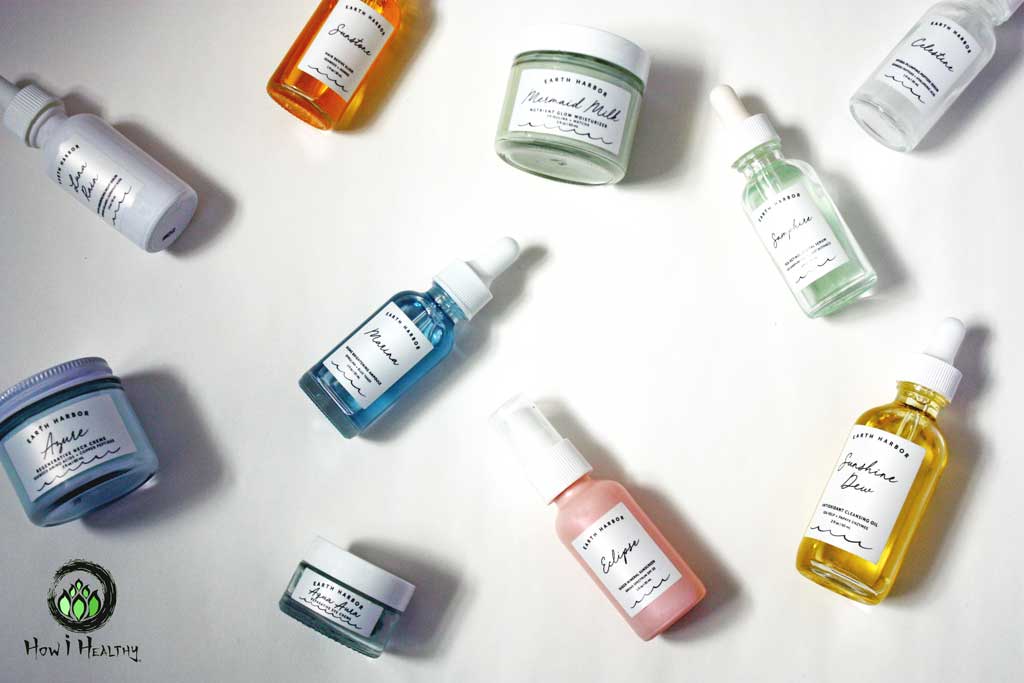

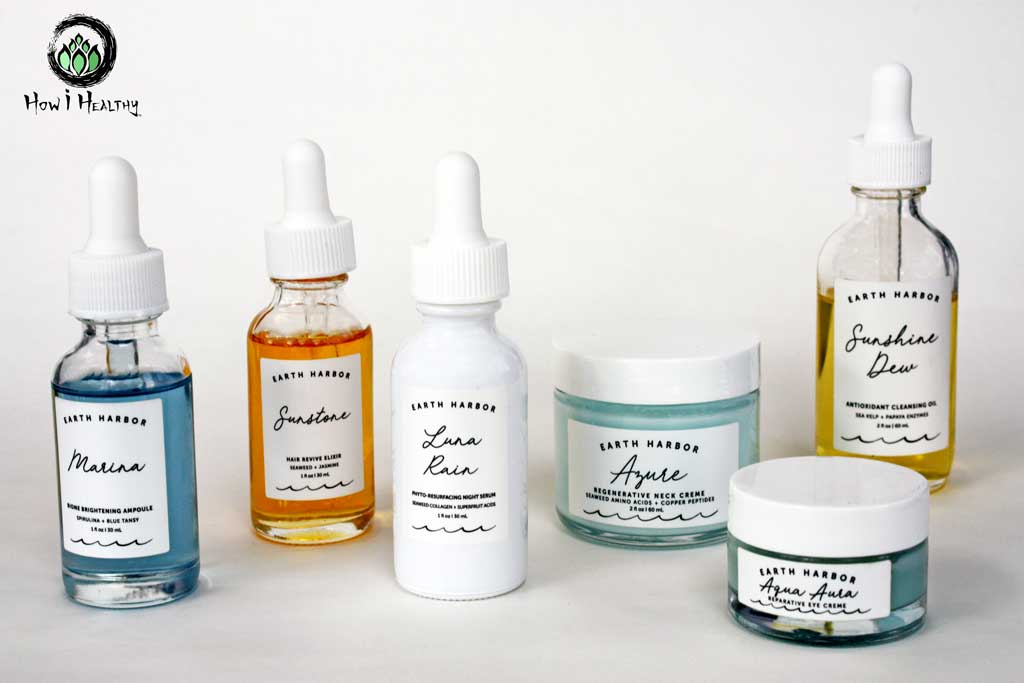






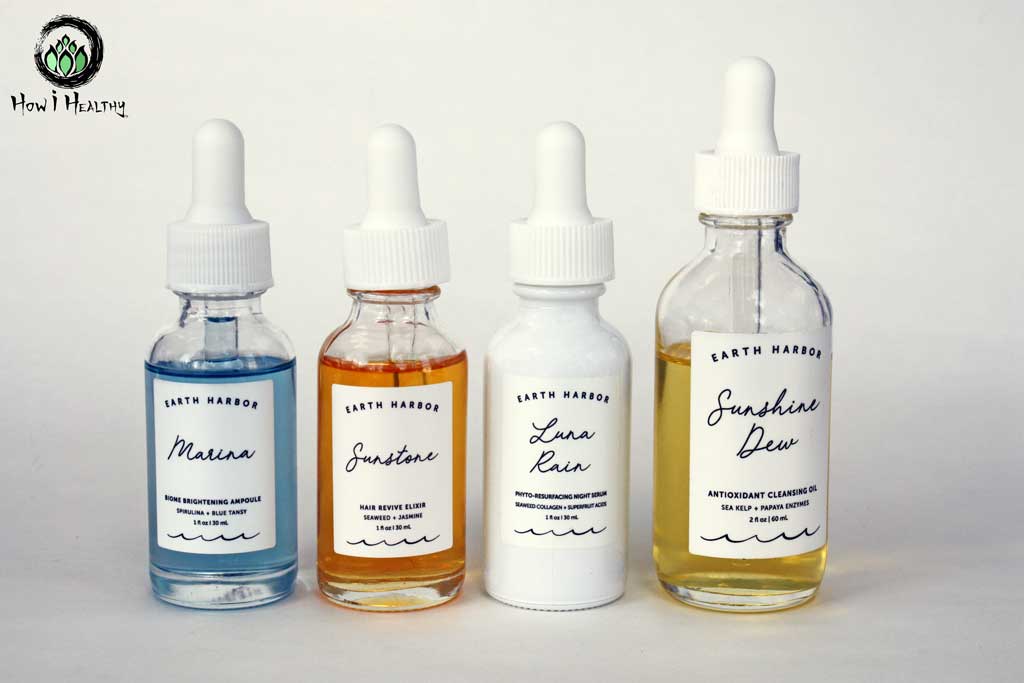

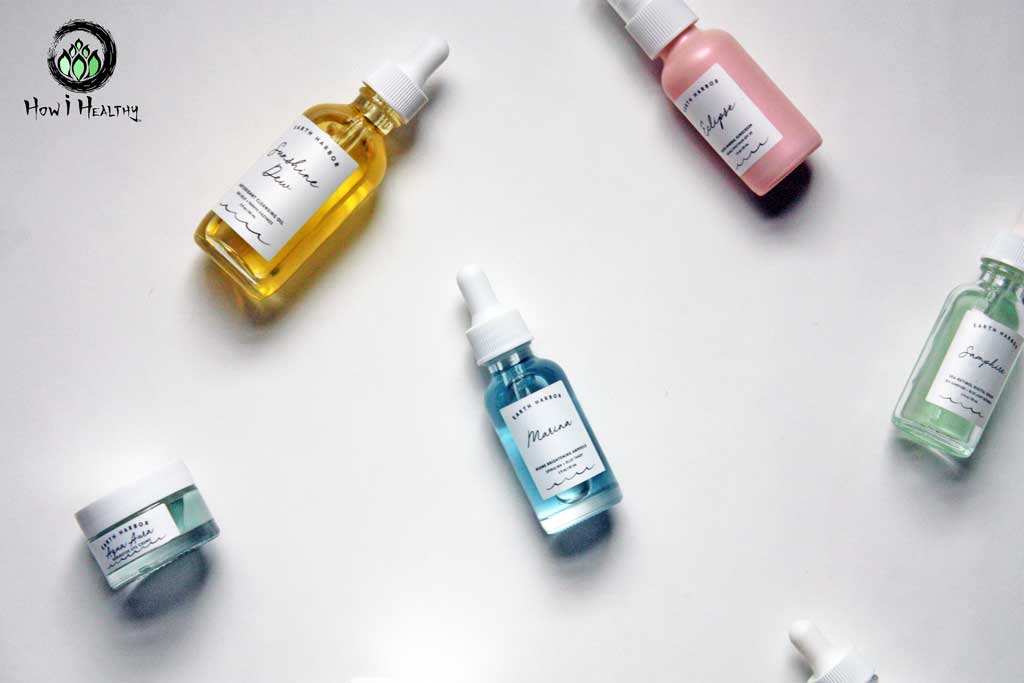







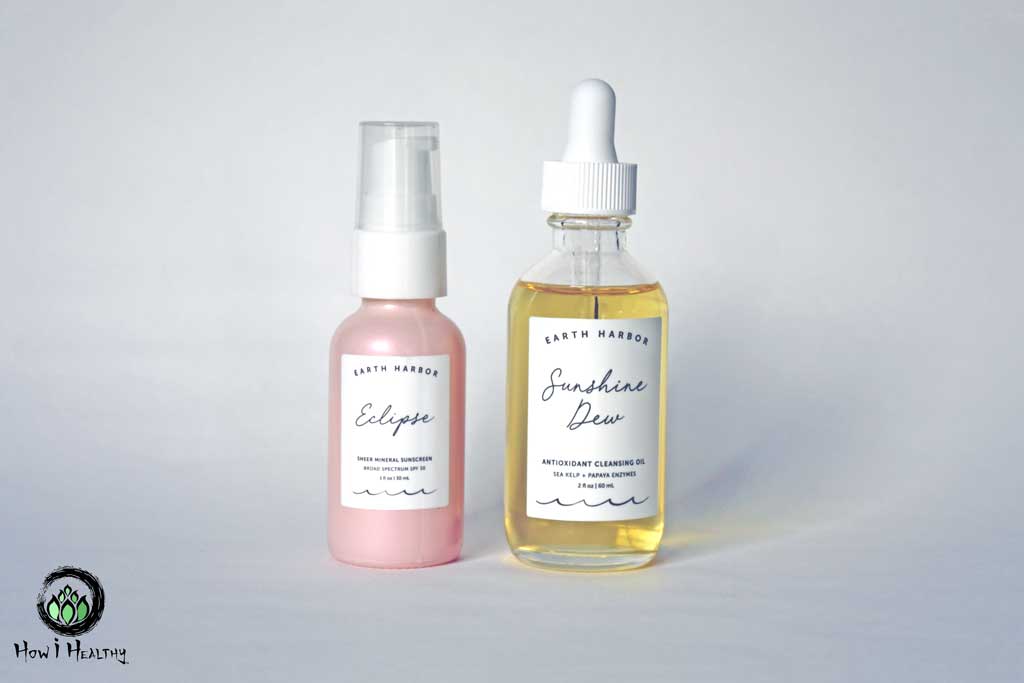

Many things can damage our skin. Like:
- Sun damage from UVs
- Acne
- Climates: dry, cold, humid, windy
- Allergies, medical conditions
There’s lots of ways to protect our skin and keep it feeling hydrated and cozy. Creams, serums, Rx prescriptions, and more.
But if nothing else, consider a sunscreen for your face.
Because preventing sun damage is easier than reversing it.
Without sunscreen, all those expensive creams, serums, or treatments is a waste.
Sun damage also links to skin cancer, which I’ve had. I was only 30. I’m very passionate about sunscreen, just check out the Sunscreen Guide.
Got your sunscreen already? Nice! Let’s talk other skincare!
American skincare is full of greenwashing claims, plastic packaging, and chemicals the European Union wouldn’t allow. (36, 37, 38, 39, 40, 41, 42, 43, 44, 45, 46, 52)
The European Chemicals Agency lists over 2,500 substances banned in cosmetic products. (38)
And America? Only 11 banned ingredients. (52)
That means many American skincare products would be illegal in the European Union because they are unsafe.
Even the FDA states: “Under U.S. law, FDA does not have the authority to require cosmetic manufacturers to submit their safety data to FDA”. (52)
And that means consumers are at the mercy of skincare companies. At least until there are enough people harmed by a product that the FDA steps in.
So, what to do?
Choose products:
- Made from actually natural ingredients. No greenwashing. No harmful chemicals.
- Made by a company that cares for people & planet. With the third-party credentials to back up their sustainability statements.
- Packaged in easy-to-recycle glass, with plastic-free refill options for lids/tops.
- Made with transparent supply chains.
- Have science-backed and evidence-based ingredients. Otherwise what’s the point?
What skincare company makes products like that?
Enter: Earth Harbor.
My favorites? Everything I’ve tried.
I’ve spent years building my beloved collection. And every product I’ve tried, I’ve loved and keep rebuying.
Here’s a run down on everything I’ve tired & love:
- For body lotion: Water-free and omega-rich Laguna Body Oil.
- For building college & elastin while reducing redness: Celestine Peptide Face Serum
For a plant-based retinol that does not cause photosensitivity: Sea-Retinol Face Serum
For max hydration full of antioxidants, retinol, & vitamins: Siren Silk Cream
- For a perfect 15% AHA + BHA blend, Macro-algae Collagen, and Vitamin C-rich serum: Luna Rain.
- For red & sun damaged skin packed with hyaluronic acid: Mermaid Milk, Azure Neck Cream, & Marina Biome Brightener
- For light, yet rich, hair & scalp moisturizer: Sunstone Hair Serum
- For gentle face cleansing that doubles as an excellent armpit cleanser: Sunshine Dew Oil.
Earth Harbor offers solutions for many skin conditions, including: dry skin, acne-prone or oil control, redness and sensitivity, sun damage and hyperpigmentation.
Check out Earth Harbor’s 1-minuet Skin Quiz. You don’t even have to give an email for the results!
Earth Harbor is also at Earth Hero®!
Earth Hero® is the best Ethical Amazon® Alternative.
You can shop many environmentally conscious brands all in one easy place.
My Water-Free Toothpaste, Compostable Plant-Based Sponges, Laundry Powder, and more comes from Earth Hero®!
Combine shopping boxes and save of shipping!
And a final, but important note:
When we talk about skin and skin care, the words we use matter.
The skincare industry is fraught with ageist messaging. And it is harmful. (51)
Ageism is the most socially acceptable for of discrimination. Society perpetuates stereotypes and false narratives about age/aging. This leads to prejudice and discrimination. (51)
Things like: “anti-wrinkle” cream, “youth” serums, and “anti-aging” treatments are all negative narratives about age/aging in the skincare industry.
Positive views on age/aging can increase our lifespan, decrease the risk of Alzheimer’s (even with a dominate gene present), and reduce health conditions like depression and cardiovascular disease. (51)
Our prejudice about age/ageing matter.
If you associate age/aging with negativity, then read the book Breaking the Age Code. It shifted my entire paradigm and changed my life.
Dr. Levy lays out the data, the science, and the way to change how we think about aging for ourselves and others. Because doing so will change your life. And more so than almost anything else you do. (51)
That’s How i Healthy!
-Artemis
- “Earth Harbor’s Sustainability Transparency Program.” Earth Harbor Naturals, https://earthharbor.com/blogs/news/earth-harbors-sustainability-transparency-program.
- Hatch, Ali. “Key Clinically Proven Ingredients at Earth Harbor.” Earth Harbor Naturals, earthharbor.com/blogs/news/key-clinically-proven-ingredients-at-earth-harbor.
- Chaudhuri, R K, and K Bojanowski. “Bakuchiol: a retinol-like functional compound revealed by gene expression profiling and clinically proven to have anti-aging effects.” International journal of cosmetic science 36,3 (2014): 221-30. doi:10.1111/ics.12117. https://pubmed.ncbi.nlm.nih.gov/24471735/
- Shrestha, Sahara et al. “Pharmacognostical evaluation of Psoralea corylifolia Linn. seed.” Journal of Ayurveda and integrative medicine 9,3 (2018): 209-212. doi:10.1016/j.jaim.2017.05.005. https://www.ncbi.nlm.nih.gov/pmc/articles/PMC6148055/
- Hameury, Sebastien, et al. “Prediction of Skin Anti‐Aging Clinical Benefits of an Association of Ingredients from Marine and Maritime Origins: Ex Vivo Evaluation Using a Label‐Free Quantitative Proteomic and Customized Data Processing Approach.” Journal of Cosmetic Dermatology, vol. 18, no. 1, 2018, https://onlinelibrary.wiley.com/doi/10.1111/jocd.12528. https://pubmed.ncbi.nlm.nih.gov/29797450/
- Caucanas, Marie, et al. “Dynamics of Skin Barrier Repair Following Preconditioning by a Biotechnology-Driven Extract from Samphire (Crithmum Maritimum) Stem Cells.” Journal of Cosmetic Dermatology, vol. 10, no. 4, 2011, pp. 288–293., https://doi.org/10.1111/j.1473-2165.2011.00584.x. https://pubmed.ncbi.nlm.nih.gov/22151937/
- Alboofetileh, Mehdi et al. “Seaweed Proteins as a Source of Bioactive Peptides.” Current pharmaceutical design 27,11 (2021): 1342-1352. doi:10.2174/1381612827666210208153249. https://www.researchgate.net/publication/349152196_Seaweed_Proteins_as_a_Source_of_Bioactive_Peptides
- Pangestuti, Ratih et al. “Anti-Photoaging and Potential Skin Health Benefits of Seaweeds.” Marine drugs 19,3 172. 22 Mar. 2021, doi:10.3390/md19030172. https://www.ncbi.nlm.nih.gov/pmc/articles/PMC8004118/
- Jesumani, Valentina et al. “Potential Use of Seaweed Bioactive Compounds in Skincare-A Review.” Marine drugs 17,12 688. 6 Dec. 2019, doi:10.3390/md17120688. https://www.ncbi.nlm.nih.gov/pmc/articles/PMC6950024/
- Mukherjee, Siddharth et al. “Retinoids in the treatment of skin aging: an overview of clinical efficacy and safety.” Clinical interventions in aging 1,4 (2006): 327-48. doi:10.2147/ciia.2006.1.4.327. https://www.ncbi.nlm.nih.gov/pmc/articles/PMC2699641/
- Connolly, Deirdre et al. “Acne Scarring-Pathogenesis, Evaluation, and Treatment Options.” The Journal of clinical and aesthetic dermatology 10,9 (2017): 12-23. https://www.ncbi.nlm.nih.gov/pmc/articles/PMC5749614/#:~:text=Aberrant%20production%20and%20degradation%20of,in%20hypertrophic%20or%20keloid%20scars.
- Engebretsen, K A et al. “The effect of environmental humidity and temperature on skin barrier function and dermatitis.” Journal of the European Academy of Dermatology and Venereology : JEADV 30,2 (2016): 223-49. doi:10.1111/jdv.13301. https://pubmed.ncbi.nlm.nih.gov/26449379/
- Morgado-Carrasco, Daniel et al. “Impact of ultraviolet radiation and exposome on rosacea: Key role of photoprotection in optimizing treatment.” Journal of cosmetic dermatology 20,11 (2021): 3415-3421. doi:10.1111/jocd.14020. https://pubmed.ncbi.nlm.nih.gov/33626227/
- Goad, N, and D J Gawkrodger. “Ambient humidity and the skin: the impact of air humidity in healthy and diseased states.” Journal of the European Academy of Dermatology and Venereology : JEADV 30,8 (2016): 1285-94. doi:10.1111/jdv.13707. https://pubmed.ncbi.nlm.nih.gov/27306376/
- Yan, Bei et al. “The role of Langerhans cells in epidermal homeostasis and pathogenesis of psoriasis.” Journal of cellular and molecular medicine 24,20 (2020): 11646-11655. doi:10.1111/jcmm.15834. https://www.ncbi.nlm.nih.gov/pmc/articles/PMC7579693/#:~:text=Langerhans%20cells%20are%20epidermal%20cells,presenting%20cells%20in%20skin%20inflammation.
- Papakonstantinou, Eleni et al. “Hyaluronic acid: A key molecule in skin aging.” Dermato-endocrinology 4,3 (2012): 253-8. doi:10.4161/derm.21923. https://www.ncbi.nlm.nih.gov/pmc/articles/PMC3583886/
- Bukhari, Syed Nasir Abbas et al. “Hyaluronic acid, a promising skin rejuvenating biomedicine: A review of recent updates and pre-clinical and clinical investigations on cosmetic and nutricosmetic effects.” International journal of biological macromolecules 120,Pt B (2018): 1682-1695. doi:10.1016/j.ijbiomac.2018.09.188. https://pubmed.ncbi.nlm.nih.gov/30287361/
- Sudha, Prasad N, and Maximas H Rose. “Beneficial effects of hyaluronic acid.” Advances in food and nutrition research 72 (2014): 137-176. doi:10.1016/B978-0-12-800269-8.00009-9. https://pubmed.ncbi.nlm.nih.gov/25081082/
- Shaharudin , A., and Z. Aziz. “Effectiveness of Hyaluronic Acid and Its Derivatives on Chronic Wounds: A Systematic Review.” Journal of Wound Care, Vol 25, No 10, pubmed.ncbi.nlm.nih.gov/27681589/. Accessed 11 Aug. 2023. https://www.magonlinelibrary.com/doi/abs/10.12968/jowc.2016.25.10.585
- Akdeniz, M et al. “Does dietary fluid intake affect skin hydration in healthy humans? A systematic literature review.” Skin research and technology : official journal of International Society for Bioengineering and the Skin (ISBS) [and] International Society for Digital Imaging of Skin (ISDIS) [and] International Society for Skin Imaging (ISSI) 24,3 (2018): 459-465. doi:10.1111/srt.12454. https://pubmed.ncbi.nlm.nih.gov/29392767/
- Schagen, Silke K et al. “Discovering the link between nutrition and skin aging.” Dermato-endocrinology 4,3 (2012): 298-307. doi:10.4161/derm.22876. https://www.ncbi.nlm.nih.gov/pmc/articles/PMC3583891/
- Cao, Changwei et al. “Diet and Skin Aging-From the Perspective of Food Nutrition.” Nutrients 12,3 870. 24 Mar. 2020, doi:10.3390/nu12030870. https://www.ncbi.nlm.nih.gov/pmc/articles/PMC7146365/
- López-Hortas, Lucía et al. “Applying Seaweed Compounds in Cosmetics, Cosmeceuticals and Nutricosmetics.” Marine drugs 19,10 552. 29 Sep. 2021, doi:10.3390/md19100552. https://www.ncbi.nlm.nih.gov/pmc/articles/PMC8539943/
- Michalak, Izabela et al. “Antioxidant effects of seaweeds and their active compounds on animal health and production – a review.” The veterinary quarterly 42,1 (2022): 48-67. doi:10.1080/01652176.2022.2061744. https://www.ncbi.nlm.nih.gov/pmc/articles/PMC9004519/
- Cardoso, Cristina Ribeiro Barros et al. “Influence of topical administration of n-3 and n-6 essential and n-9 nonessential fatty acids on the healing of cutaneous wounds.” Wound repair and regeneration : official publication of the Wound Healing Society [and] the European Tissue Repair Society 12,2 (2004): 235-43. doi:10.1111/j.1067-1927.2004.012216.x. https://pubmed.ncbi.nlm.nih.gov/15086775/
- Moison, R M et al. “Topically applied eicosapentaenoic acid protects against local immunosuppression induced by UVB irradiation, cis-urocanic acid and thymidine dinucleotides.” Photochemistry and photobiology 73,1 (2001): 64-70. doi:10.1562/0031-8655(2001)073<0064:taeapa>2.0.co;2. https://pubmed.ncbi.nlm.nih.gov/11202368/
- Elias, P M et al. “The permeability barrier in essential fatty acid deficiency: evidence for a direct role for linoleic acid in barrier function.” The Journal of investigative dermatology 74,4 (1980): 230-3. doi:10.1111/1523-1747.ep12541775. https://pubmed.ncbi.nlm.nih.gov/7373078/
- Hansen, H S, and B Jensen. “Essential function of linoleic acid esterified in acylglucosylceramide and acylceramide in maintaining the epidermal water permeability barrier. Evidence from feeding studies with oleate, linoleate, arachidonate, columbinate and alpha-linolenate.” Biochimica et biophysica acta 834,3 (1985): 357-63. doi:10.1016/0005-2760(85)90009-8. https://pubmed.ncbi.nlm.nih.gov/3922424/
- Habeebuddin, Mohammed et al. “Topical Probiotics: More Than a Skin Deep.” Pharmaceutics 14,3 557. 3 Mar. 2022, doi:10.3390/pharmaceutics14030557. https://www.mdpi.com/1999-4923/14/3/557
- Yu, Y et al. “Changing our microbiome: probiotics in dermatology.” The British journal of dermatology 182,1 (2020): 39-46. doi:10.1111/bjd.18088. https://pubmed.ncbi.nlm.nih.gov/31049923/
- Yu, Jinyan et al. “Application and mechanism of probiotics in skin care: A review.” Journal of cosmetic dermatology 21,3 (2022): 886-894. doi:10.1111/jocd.14734. https://pubmed.ncbi.nlm.nih.gov/34997993/
- Knackstedt, Rebecca et al. “The role of topical probiotics in skin conditions: A systematic review of animal and human studies and implications for future therapies.” Experimental dermatology 29,1 (2020): 15-21. doi:10.1111/exd.14032. https://pubmed.ncbi.nlm.nih.gov/31494971/
- “Greenwashing.” Merriam-Webster, Merriam-Webster, 2020, merriam-webster.com/dictionary/greenwashing
- de Freitas Netto, S.V., Sobral, M.F.F., Ribeiro, A.R.B. et al.Concepts and forms of greenwashing: a systematic review. Environ Sci Eur32, 19 (2020). https://doi.org/10.1186/s12302-020-0300-3. https://enveurope.springeropen.com/articles/10.1186/s12302-020-0300-3
- Articles, Jacob H. HupartEmail212-692-6203Bio and, et al. “Greenwashing Class Action Litigation: An Emerging Risk for Companies’ Claims of Sustainability.” Legal News & Business Law News, The National Law Review, 4 Aug. 2023, www.natlawreview.com/article/greenwashing-class-action-litigation-emerging-risk-companies-claims-sustainability.
- “U.S. District Court Northern District of New York – Main Office (Syracuse) [NextGen CM/ECF Release 1.7 (Revision 1.7.1.2)].” Bloomberg Law, CIVIL DOCKET FOR CASE #: 6:22-cv-01187-GLS-ML, 11 Nov. 2022, www.bloomberglaw.com/public/desktop/document/FinstervSephoraUSAIncDocketNo622cv01187NDNYNov112022CourtDocket/1?doc_id=X1Q6OHAGN382.
- “U.S. District Court U.S. District of Minnesota (DMN) CIVIL DOCKET FOR CASE #: 0:23-Cv-02668-KMM-DJF.” Bloomberg Law, 29 Aug. 2023, www.bloomberglaw.com/public/desktop/document/BoydetalvTargetCorpDocketNo023cv02668DMinnAug292023CourtDocket?doc_id=X1Q6OK862FO2.
- “Cosmetic Products Regulation, Annex II – Prohibited Substances.” Prohibited Substances: Annex II, Regulation 1223/2009/EC on Cosmetic Products, as Amended by Regulation (EU) 2023/1490, OJ L 183, 20 July 2023, European Chemicals Agency, echa.europa.eu/cosmetics-prohibited-substances. Accessed 5 Jan. 2024.
- “Global Commitment Progress Report 2022.” Packaging Producers and Users, Ellen MacArthur Foundation, 2022, gc-22.emf.org/ppu/.
- Panico A, Serio F, Bagordo F, Grassi T, Idolo A, DE Giorgi M, Guido M, Congedo M, DE Donno A. Skin safety and health prevention: an overview of chemicals in cosmetic products. J Prev Med Hyg. 2019 Mar 29;60(1):E50-E57. doi: 10.15167/2421-4248/jpmh2019.60.1.1080. PMID: 31041411; PMCID: PMC6477564. https://www.ncbi.nlm.nih.gov/pmc/articles/PMC6477564/
- Johnson PI, Favela K, Jarin J, Le AM, Clark PY, Fu L, Gillis AD, Morga N, Nguyen C, Harley KG. Chemicals of concern in personal care products used by women of color in three communities of California. J Expo Sci Environ Epidemiol. 2022 Nov;32(6):864-876. doi: 10.1038/s41370-022-00485-y. Epub 2022 Nov 2. PMID: 36323919; PMCID: PMC9628299. https://pubmed.ncbi.nlm.nih.gov/36323919/
- Harris KJ, Munoz G, Woo V, Sauvé S, Rand AA. Targeted and Suspect Screening of Per- and Polyfluoroalkyl Substances in Cosmetics and Personal Care Products. Environ Sci Technol. 2022 Oct 18;56(20):14594-14604. doi: 10.1021/acs.est.2c02660. Epub 2022 Sep 30. PMID: 36178710. https://pubmed.ncbi.nlm.nih.gov/36178710/
- Guo Y, Kannan K. A survey of phthalates and parabens in personal care products from the United States and its implications for human exposure. Environ Sci Technol. 2013 Dec 17;47(24):14442-9. doi: 10.1021/es4042034. Epub 2013 Nov 27. PMID: 24261694. https://pubmed.ncbi.nlm.nih.gov/24261694/
- Huang PC, Liao KW, Chang JW, Chan SH, Lee CC. Characterization of phthalates exposure and risk for cosmetics and perfume sales clerks. Environ Pollut. 2018 Feb;233:577-587. doi: 10.1016/j.envpol.2017.10.079. Epub 2017 Nov 5. PMID: 29102888. https://pubmed.ncbi.nlm.nih.gov/29102888/
- Koniecki D, Wang R, Moody RP, Zhu J. Phthalates in cosmetic and personal care products: concentrations and possible dermal exposure. Environ Res. 2011 Apr;111(3):329-36. doi: 10.1016/j.envres.2011.01.013. Epub 2011 Feb 18. PMID: 21315328. https://pubmed.ncbi.nlm.nih.gov/21315328/
- Olkowska E, Gržinić G. Skin models for dermal exposure assessment of phthalates. Chemosphere. 2022 May;295:133909. doi: 10.1016/j.chemosphere.2022.133909. Epub 2022 Feb 7. PMID: 35143861. https://pubmed.ncbi.nlm.nih.gov/35143861/
- Lenchik L, Steinbach L, Boutin RD. Ageism in Society and Its Health Impact. AJR Am J Roentgenol. 2023 Jul;221(1):137-138. doi: 10.2214/AJR.22.28748. Epub 2023 Feb 1. PMID: 36722760. https://pubmed.ncbi.nlm.nih.gov/36722760/#:~:text=Ageism%20is%20an%20increasingly%20recognized,negative%20but%20avoidable%20health%20outcomes.
- Officer A, Thiyagarajan JA, Schneiders ML, Nash P, de la Fuente-Núñez V. Ageism, Healthy Life Expectancy and Population Ageing: How Are They Related? Int J Environ Res Public Health. 2020 May 1;17(9):3159. doi: 10.3390/ijerph17093159. PMID: 32370093; PMCID: PMC7246680. https://pubmed.ncbi.nlm.nih.gov/32370093/
- L;, Levy BR;Slade MD;Pietrzak RH;Ferrucci. “Positive Age Beliefs Protect against Dementia Even among Elders with High-Risk Gene.” PloS One, U.S. National Library of Medicine, pubmed.ncbi.nlm.nih.gov/29414991/. Accessed 5 Jan. 2024. https://pubmed.ncbi.nlm.nih.gov/29414991/
- Levy, Becca R, et al. “Ageism Amplifies Cost and Prevalence of Health Conditions.” OUP Academic, Oxford University Press, 13 Nov. 2018, academic.oup.com/gerontologist/article/60/1/174/5166947.
- Levy, Becca. Breaking the Age Code. William Morrow, 2023.
- Center for Food Safety and Applied Nutrition. “Prohibited & Restricted Ingredients in Cosmetics.” S. Food and Drug Administration, FDA, www.fda.gov/cosmetics/cosmetics-laws-regulations/prohibited-restricted-ingredients-cosmetics.
Want More?
Read the best book about age and ageing. It might just help you live longer.
That’s because how we think about age/ageing impacts how long we’ll live. And how well. (52)
Support a local bookstore and read:
Breaking the Age Code: How Your Beliefs About Aging Determine How Long and Well You Live
By Dr. Becca Levy
This book and message is more powerful than any (ageist) anti-aging cream out there. You’ll see I use some face creams, but not to “combat wrinkles” or some other ageist reason. Instead, I focus on hydration and keeping my cancer-prone skin strong and healthy.
I used to think about (and worry about) wrinkles. Then I read this book and realized I had it all wrong.
This book changed my life. Sound ridiculous? Read it and see for yourself.
This book takes what you might think about age and dismantles it. Dr. Levy calls out ageist culture, the most widely accepted form of discrimination, and offers a positive perspective on aging. A positive perspective, in turns out, makes all the difference.
Simply having a better outlook on age can add years to our lives. Up to 7.5 years to be precise. Dr. Levy, a leader in her field of gerontology, offers study after study explaining why our age beliefs can make or break us. Beyond self-help though, Dr. Levy offers actions to dismantle systemic and structural ageism in our communities too.
Beyond the content, this book readable and enjoyable to read. The style is informative, but not alienating with academic talk. Very down to Earth.
It’s so good, I read it aloud to my partner so we can age together happily and keep each other in check if we slide into ageist thinking.
Buy at: Bookshop® or Better World Books®
